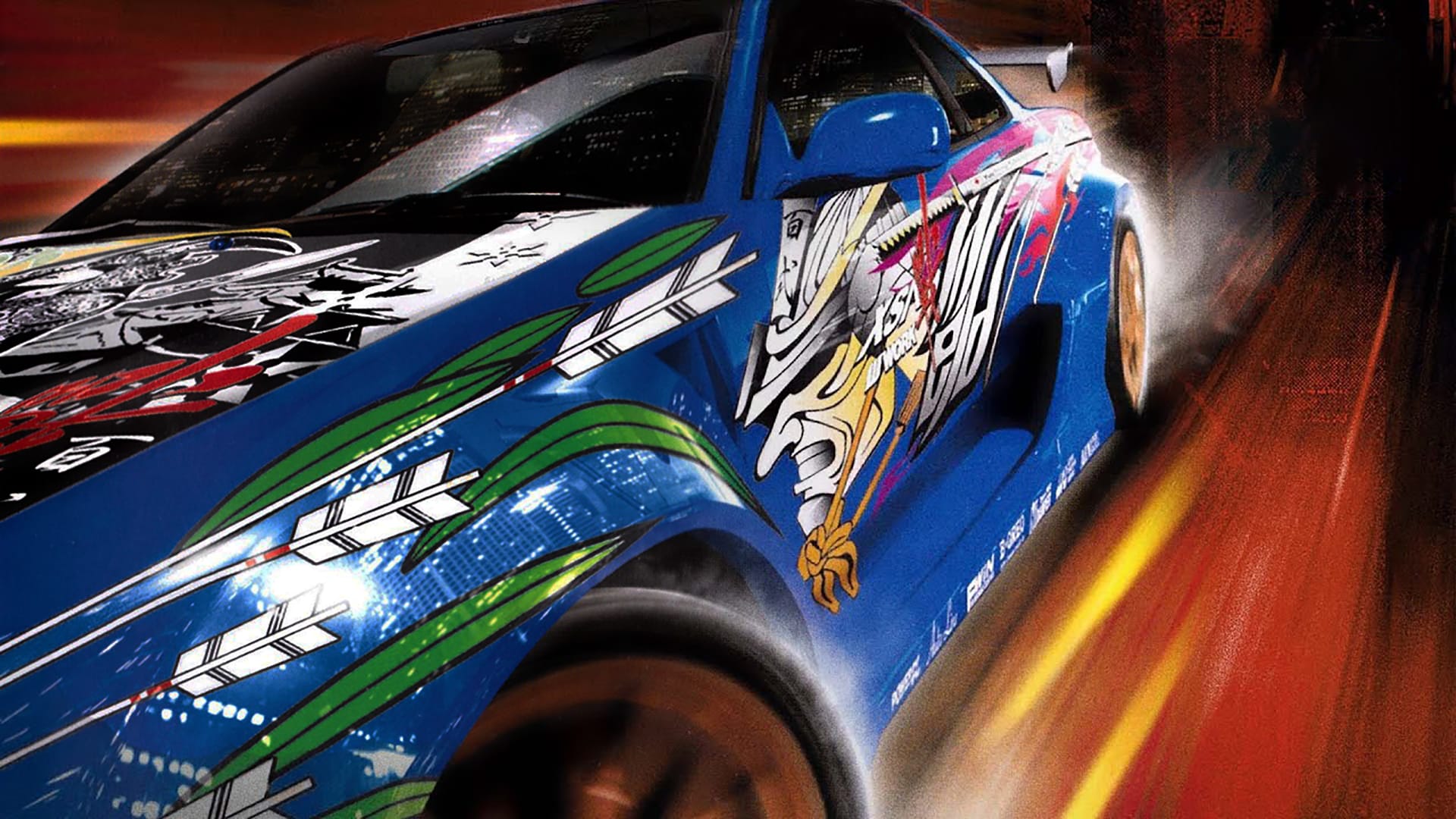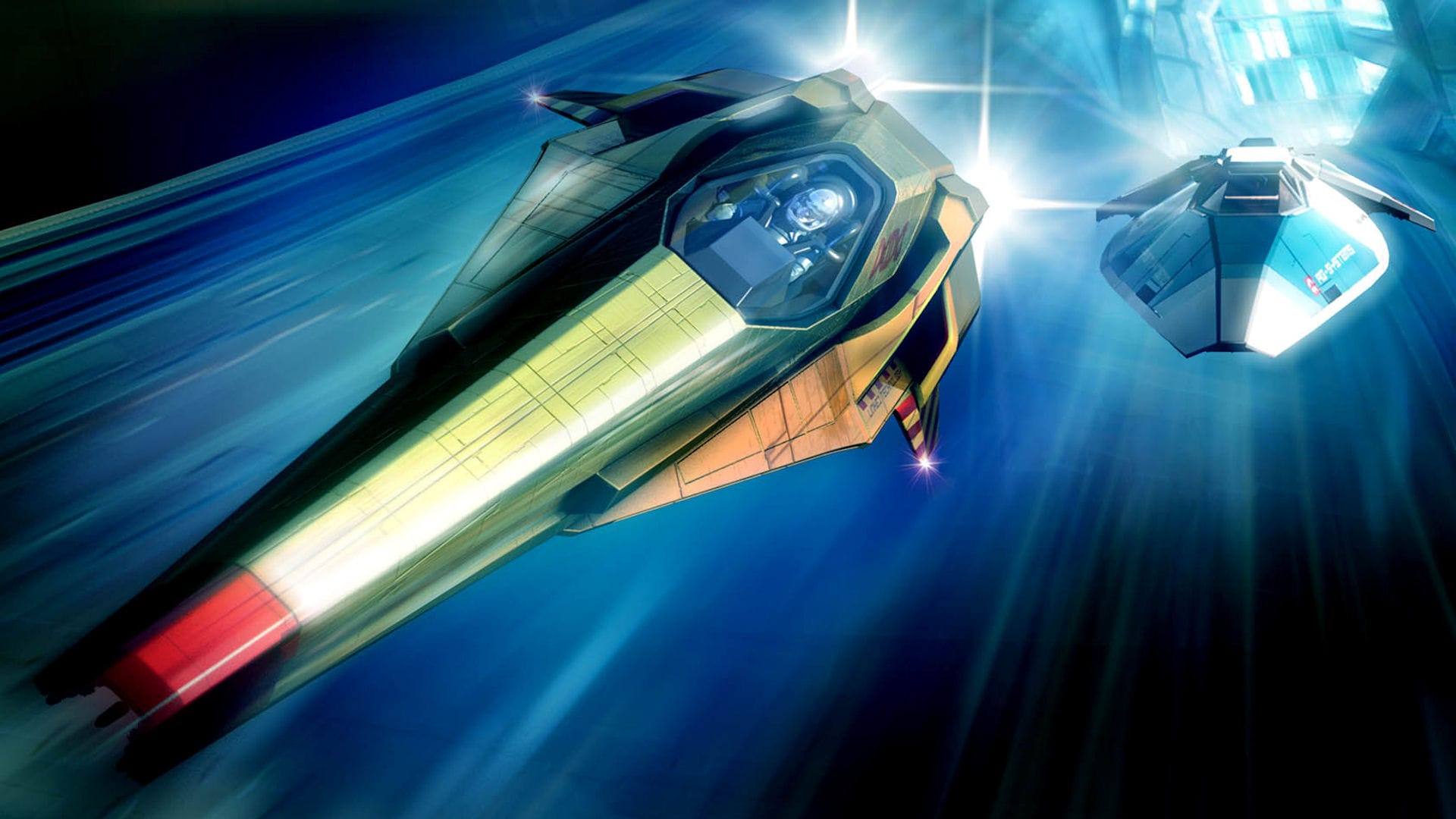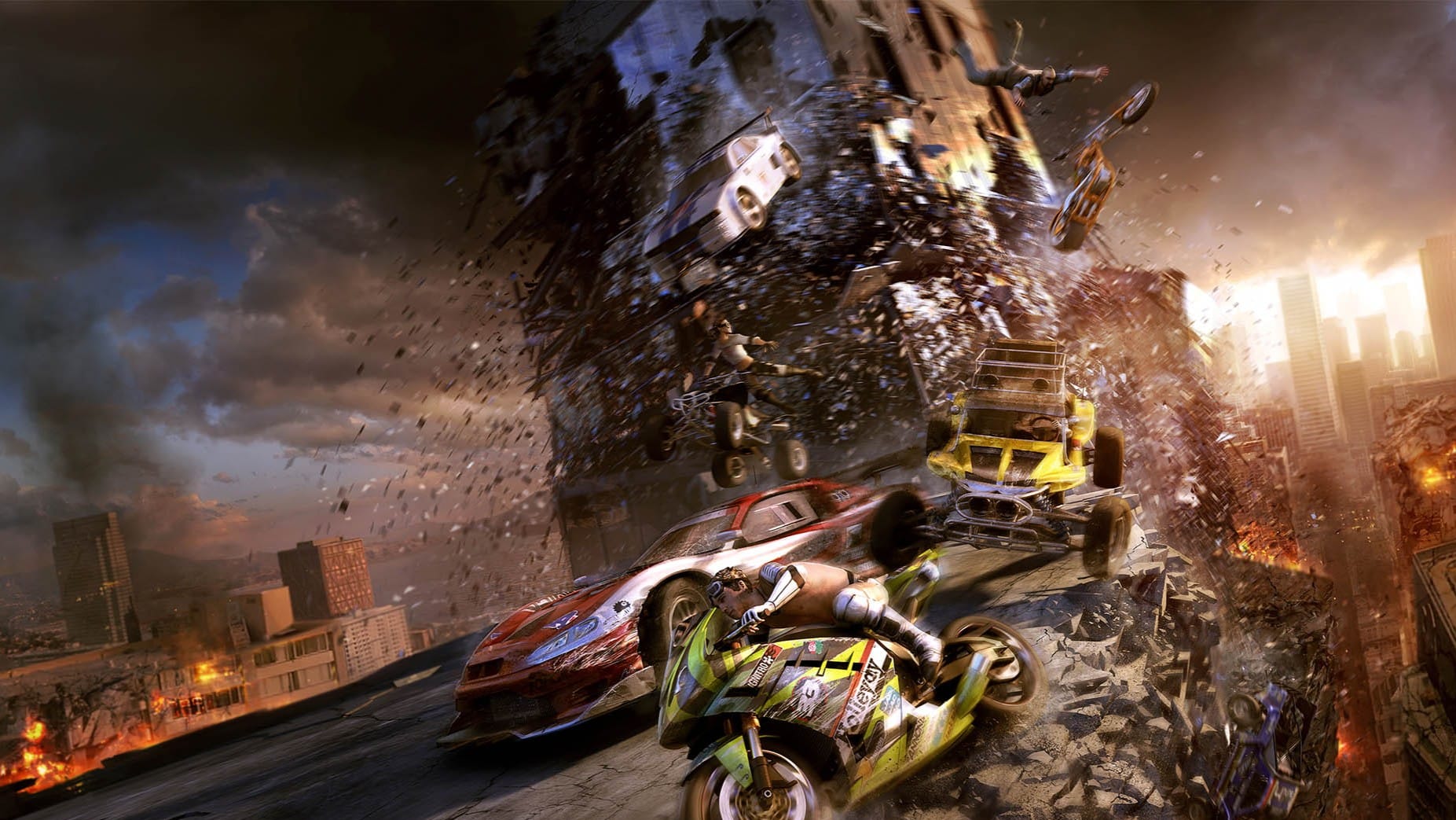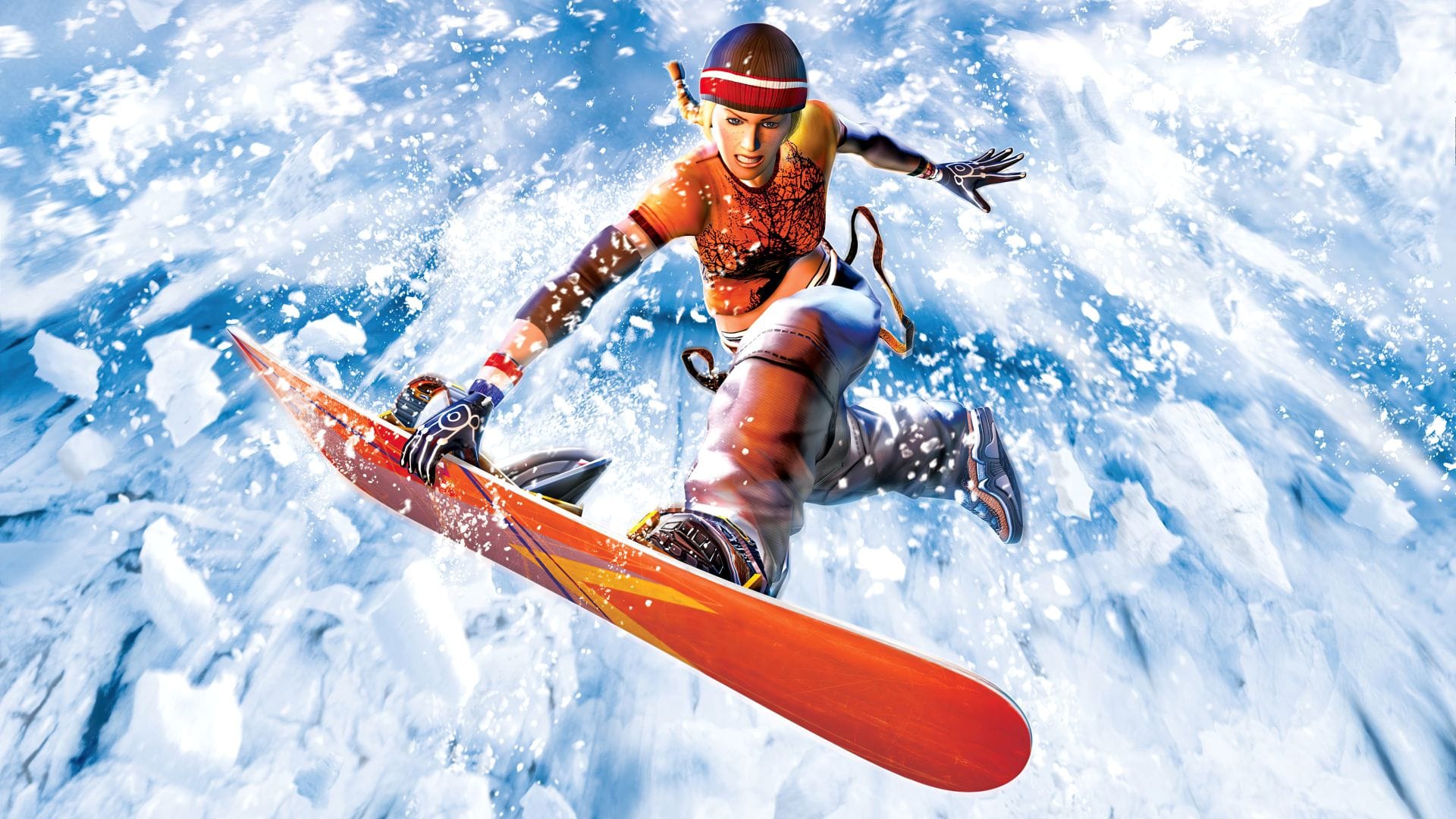The PlayStation 2 wasn’t just a console—it was a proving ground for speed demons, street kings, drift legends, and crash fanatics. In an era before battle passes and endless patches, the PS2 delivered pure, unfiltered racing bliss straight out of the box. From the clinical precision of Gran Turismo 4 to the molten chaos of Burnout 3: Takedown, this was the generation where racing games didn’t just evolve—they exploded.
It was a paradise of asphalt and attitude, of rally dust and night runs under neon glow. The sheer variety was staggering—arcade burners, simulation legends, off-road acrobatics, even pod racing. And somehow, they all belonged on one machine.
These weren’t just games. They were obsessions, rivalries, and high-octane memories burned into the memory cards of a generation. This is the definitive rundown of the 25 best PS2 racing games—every gearhead’s dream lineup.
Gran Turismo 3: A-Spec
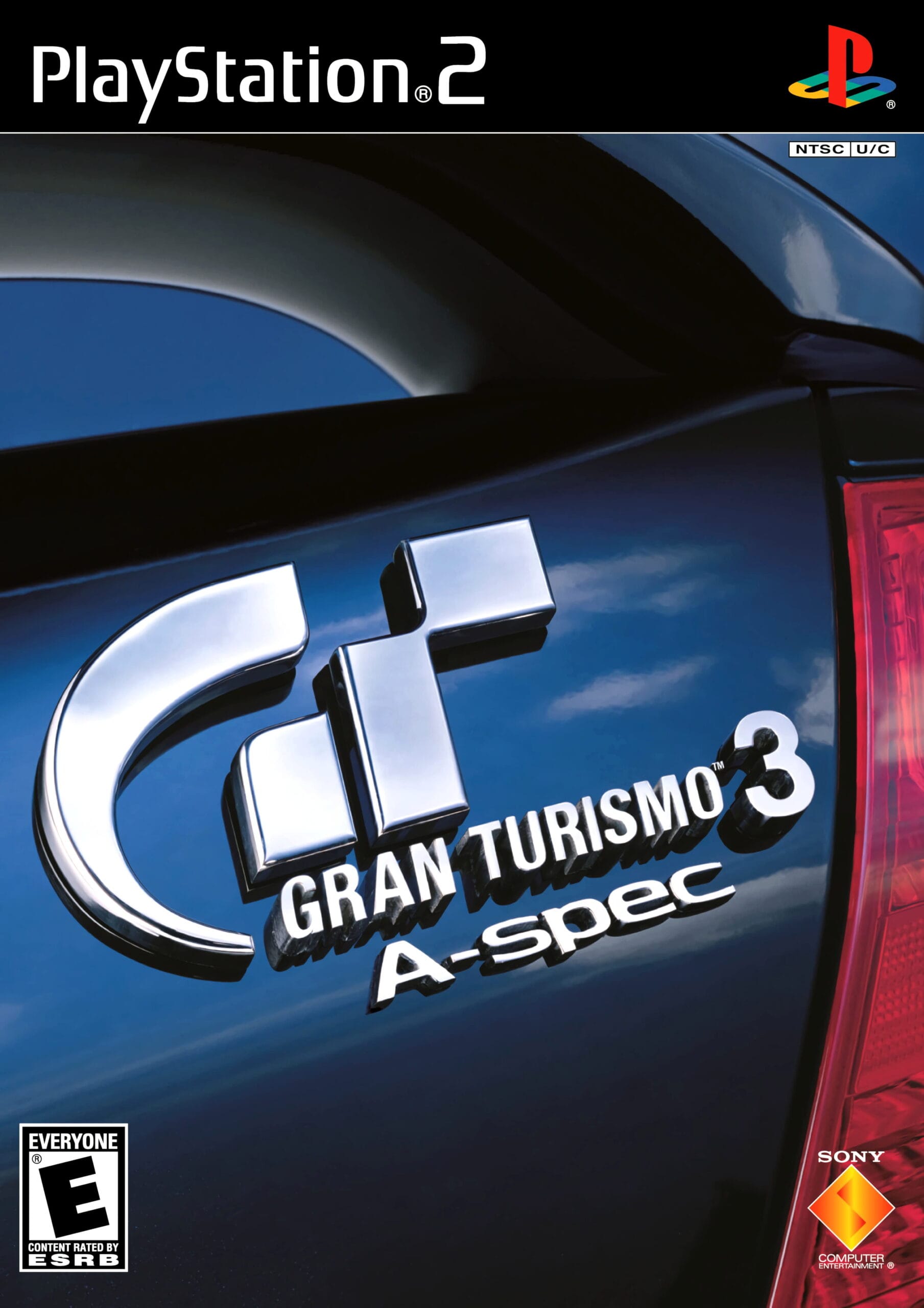
- Developer: Polyphony Digital
- Release Date: April 28, 2001
When Gran Turismo 3 hit the PS2 in 2001, it didn’t just raise the bar—it obliterated it. This wasn’t a racing game; it was a technical showcase and a love letter to the art of driving. With its jaw-dropping visuals (for the time), buttery smooth handling, and laser-focused realism, GT3 was the game that made casual players care about gear ratios and tire compounds. It launched with fewer cars than its PS1 predecessor, but what it lacked in quantity, it made up for in immaculate quality. The tracks were iconic, the sound design was immersive, and the sense of progression—earning licenses, saving up for dream cars—was addictive. This was the title that turned Sony’s “real driving simulator” into a household name.
Why It’s Worth Playing: Even today, GT3 holds up as a masterclass in balanced simulation. Its driving physics are tight without being punishing, and its visuals remain impressively polished for early PS2 hardware. If you're looking to experience the moment console racing matured into something elite, this is the one to fire up. Nostalgic and mechanically sound, it’s a racing time capsule worth every lap.
Gran Turismo 4
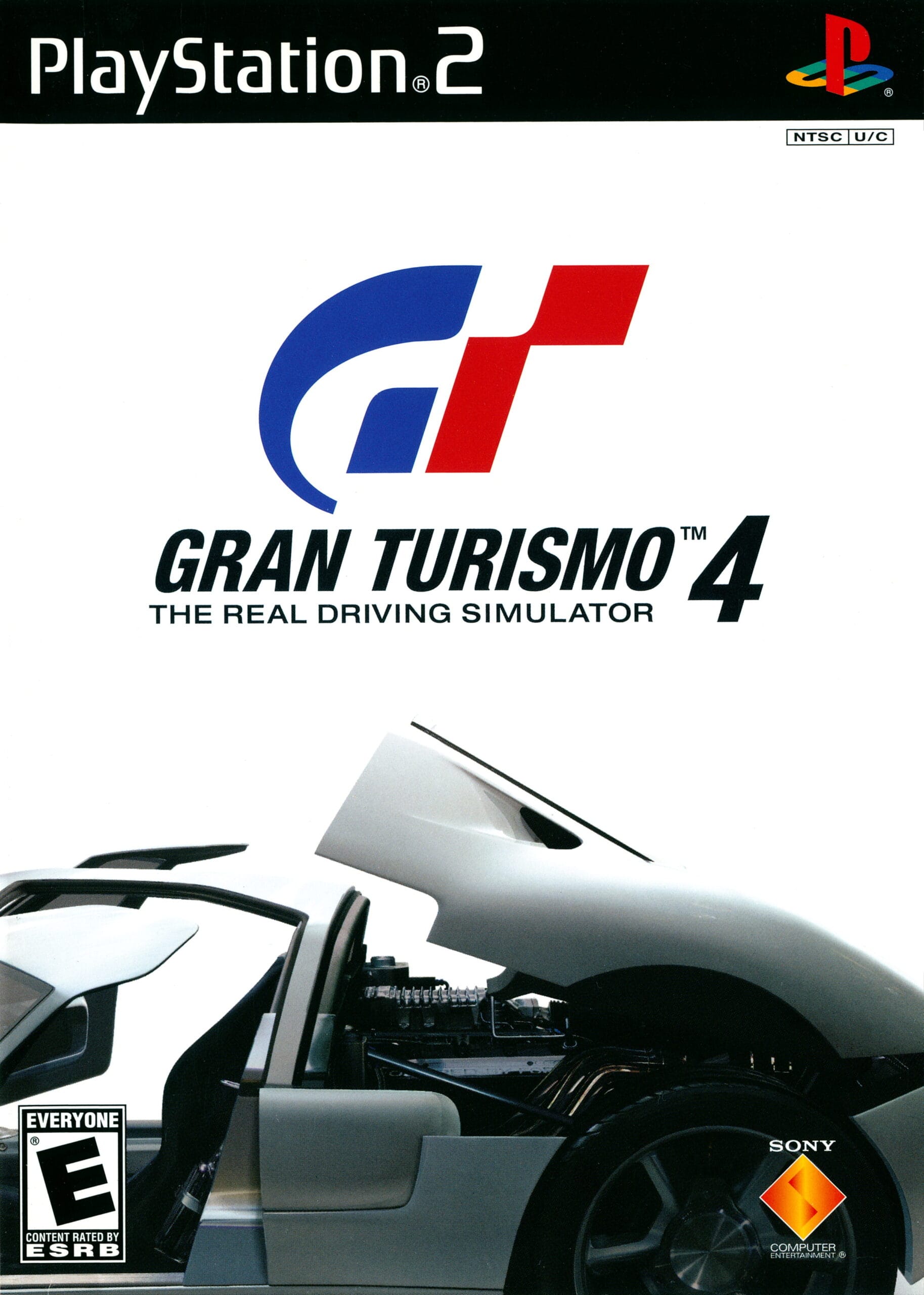
- Developer: Polyphony Digital
- Release Date: December 28, 2004
If GT3 set the standard, Gran Turismo 4 took that blueprint and built an empire. Featuring over 700 meticulously modeled vehicles and 50+ tracks, it was a staggering flex of the PS2’s horsepower. But it wasn’t just about content—it was about depth. Driving physics were refined, photo mode was introduced (way ahead of its time), and the inclusion of historic and concept cars gave the game a museum-like quality. From Le Mans prototypes to Daihatsu compacts, every car felt distinct. It wasn’t just a game for petrolheads—it was a celebration of automotive culture. This was the PS2’s ultimate driving experience, and for many, it still hasn’t been topped.
Why It’s Worth Playing: Gran Turismo 4 is a love letter to every corner of car culture. It’s still one of the most comprehensive and refined driving sims ever made—not just on the PS2, but on any platform. Whether you're grinding for your next ride or simply admiring your car collection in photo mode, GT4 delivers the kind of depth and polish that rewards long-term play.
Enthusia Professional Racing
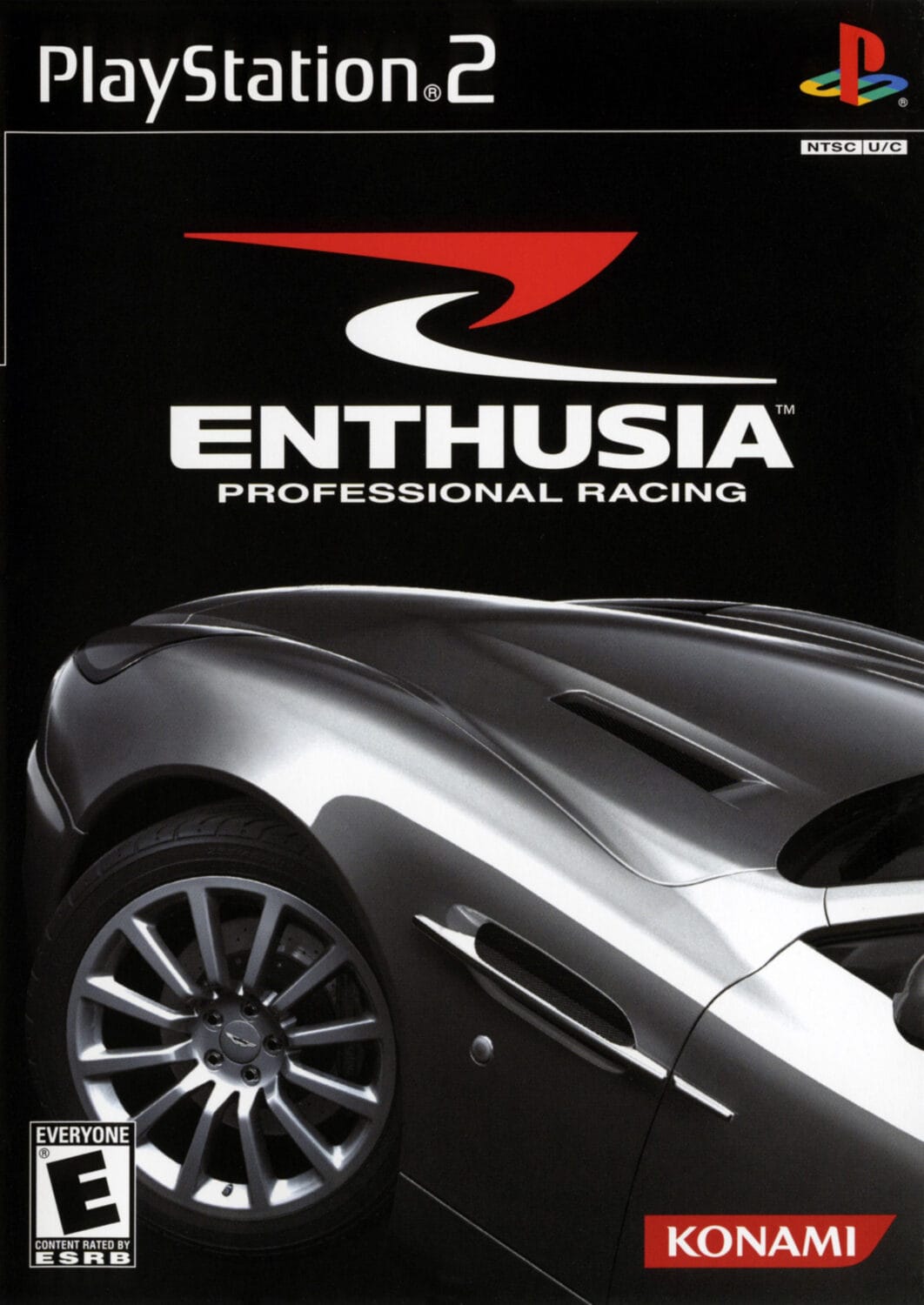
- Developer: Konami
- Release Date: March 17, 2005
Konami’s Enthusia Professional Racing didn’t just want to compete—it wanted to reinvent. Instead of copying Gran Turismo’s formula, it introduced innovative systems like the Enthusia Life Mode, where driver skill was rewarded over time rather than through grinding cash. The physics leaned more toward realism than many arcade-sim hybrids, with cars that felt heavy, twitchy, and alive. It had fewer licensed vehicles, but what it lacked in branding, it made up for in character and simulation-first design.
Why It’s Worth Playing: Enthusia is the PS2’s most overlooked racing sim. Its unique progression system and unorthodox design philosophy make it feel like a thinking driver’s game. If you’re craving a cerebral, challenging racer that breaks the mold, this is the hidden gem you’ve been looking for.
Formula One 06

- Developer: SCE Studio Liverpool
- Release Date: July 28, 2006
Licensed by the FIA and featuring all the official teams, tracks, and drivers of the 2006 season, Formula One 06 was Sony’s answer to hardcore motorsport fans. With its dynamic weather system, car failures, and tactical pit stops, this wasn’t just about going fast—it was about racing smart. The Career Mode offered a deep dive into team management and driver development, and the level of technical detail was a gearhead’s dream.
Why It’s Worth Playing: For fans of F1, this remains one of the most immersive simulations of its era. The sense of speed is exhilarating, the AI competitive, and the authenticity unmatched on PS2. If you crave open-wheel precision and season-long drama, this is a must-play.
WRC Rally Evolved
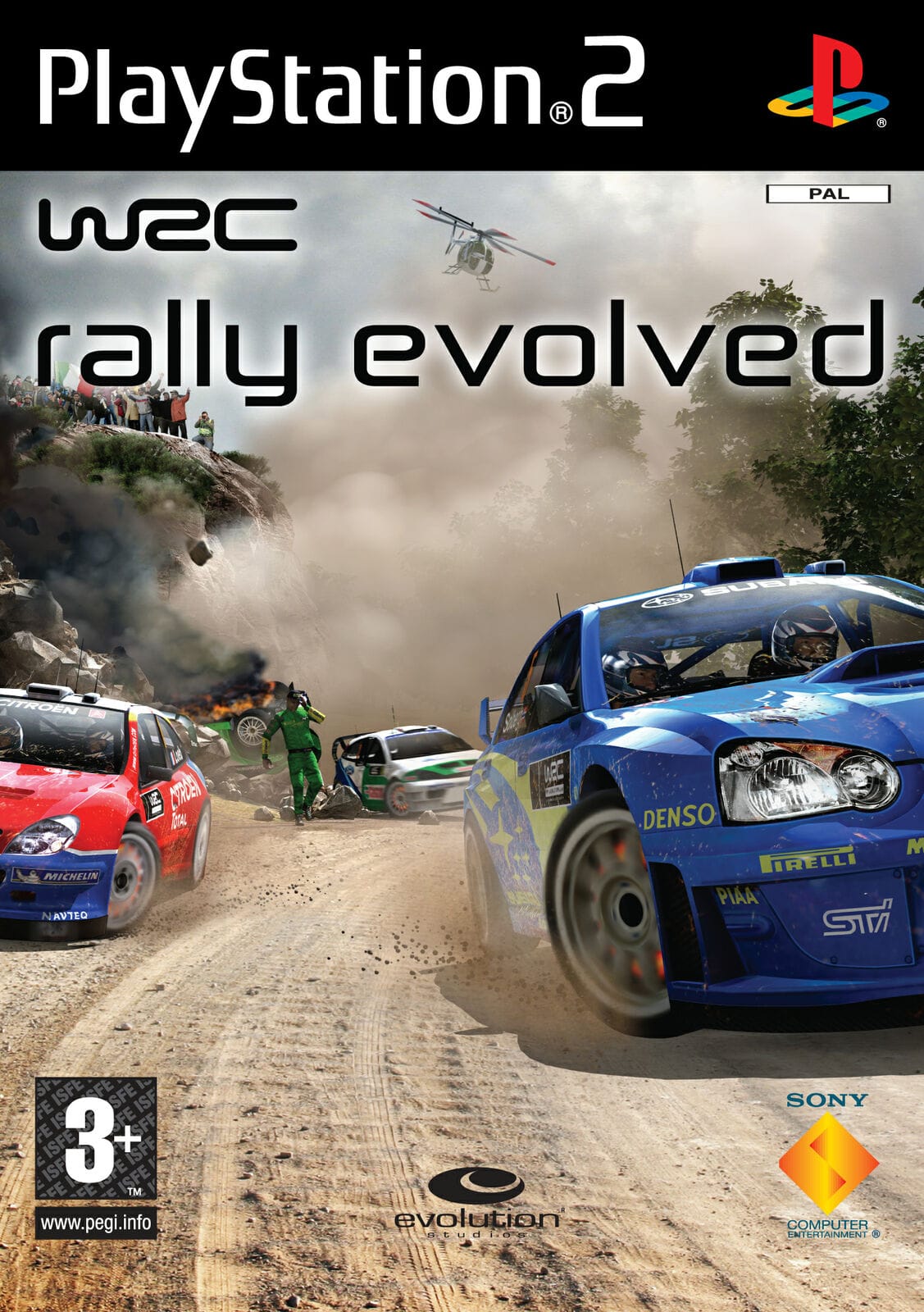
- Developer: Evolution Studios
- Release Date: October 28, 2005
WRC Rally Evolved wasn’t just another rally racer—it was chaos in motion. Debris flew, weather changed mid-stage, and hazards appeared with terrifying unpredictability. Instead of pristine courses, you tackled treacherous terrain while navigating fading visibility, shifting surfaces, and the constant threat of mechanical failure. Official licensing gave it the pedigree, but the game’s unpredictable nature gave it an edge few others could match.
Why It’s Worth Playing: Still a standout in the rally subgenre, WRC Rally Evolved delivers raw intensity and environmental storytelling through gameplay. It’s a relentless experience that rewards mastery and punishes mistakes. Fans of DiRT and modern rally sims will find its unpredictability refreshing—and brutally fun.
Auto Modellista
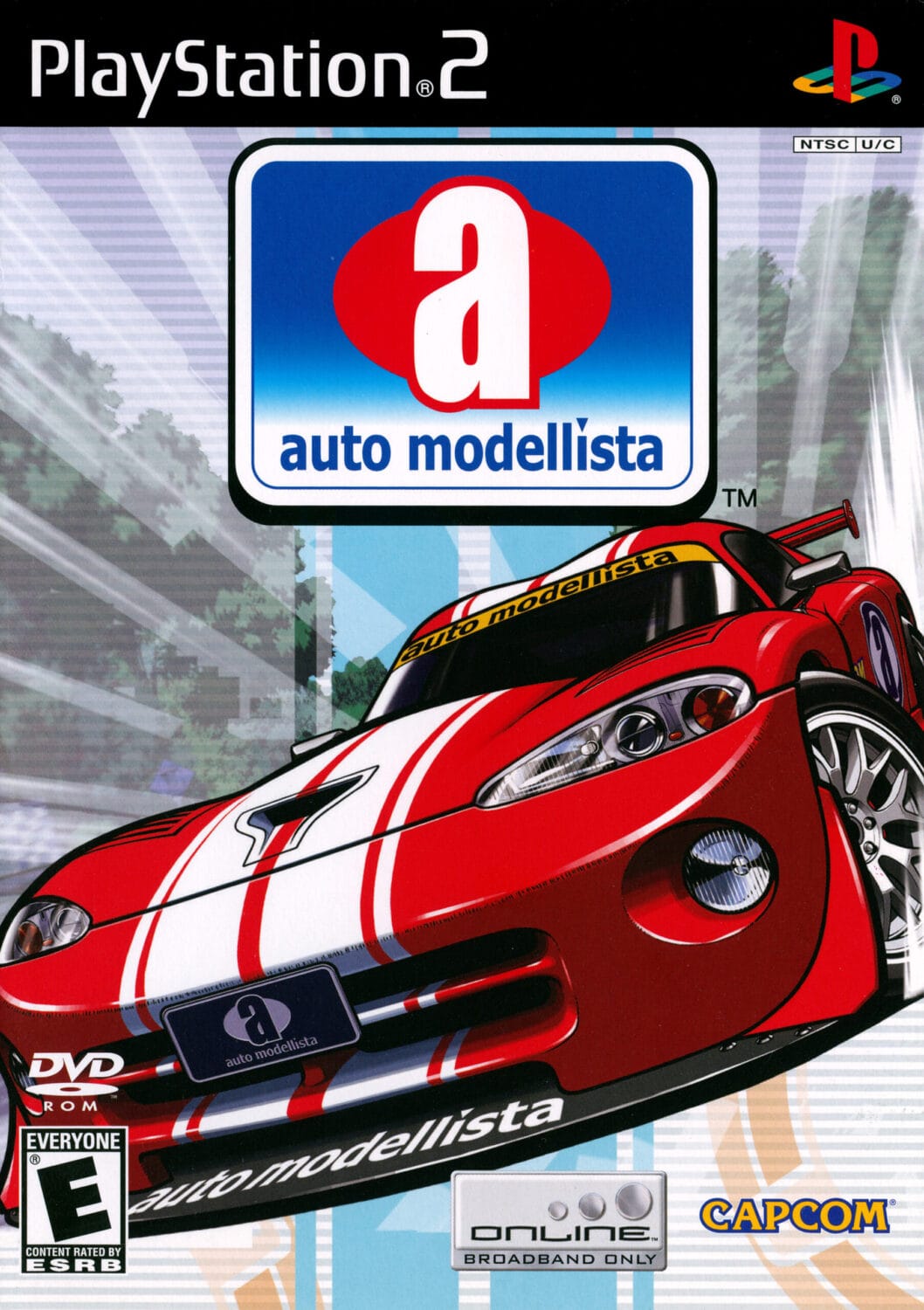
- Developer: Capcom
- Release Year: August 22, 2002
Capcom’s Auto Modellista looked like nothing else on the PS2. With vibrant cel-shaded visuals and anime-inspired presentation, it felt more like a playable manga than a traditional racer. While its floaty handling divided critics, the game featured real-world cars, deep garage customization, and an undeniable cool factor. It was bold, different, and unafraid to put style front and center.
Why It’s Worth Playing: Auto Modellista is a love-it-or-hate-it experience, but there’s no denying its visual charm and artistic ambition. For players who appreciate unique aesthetics and don’t mind a looser, more arcade-style feel, this is a cult hit worth taking for a spin.
Need For Speed: Hot Pursuit 2
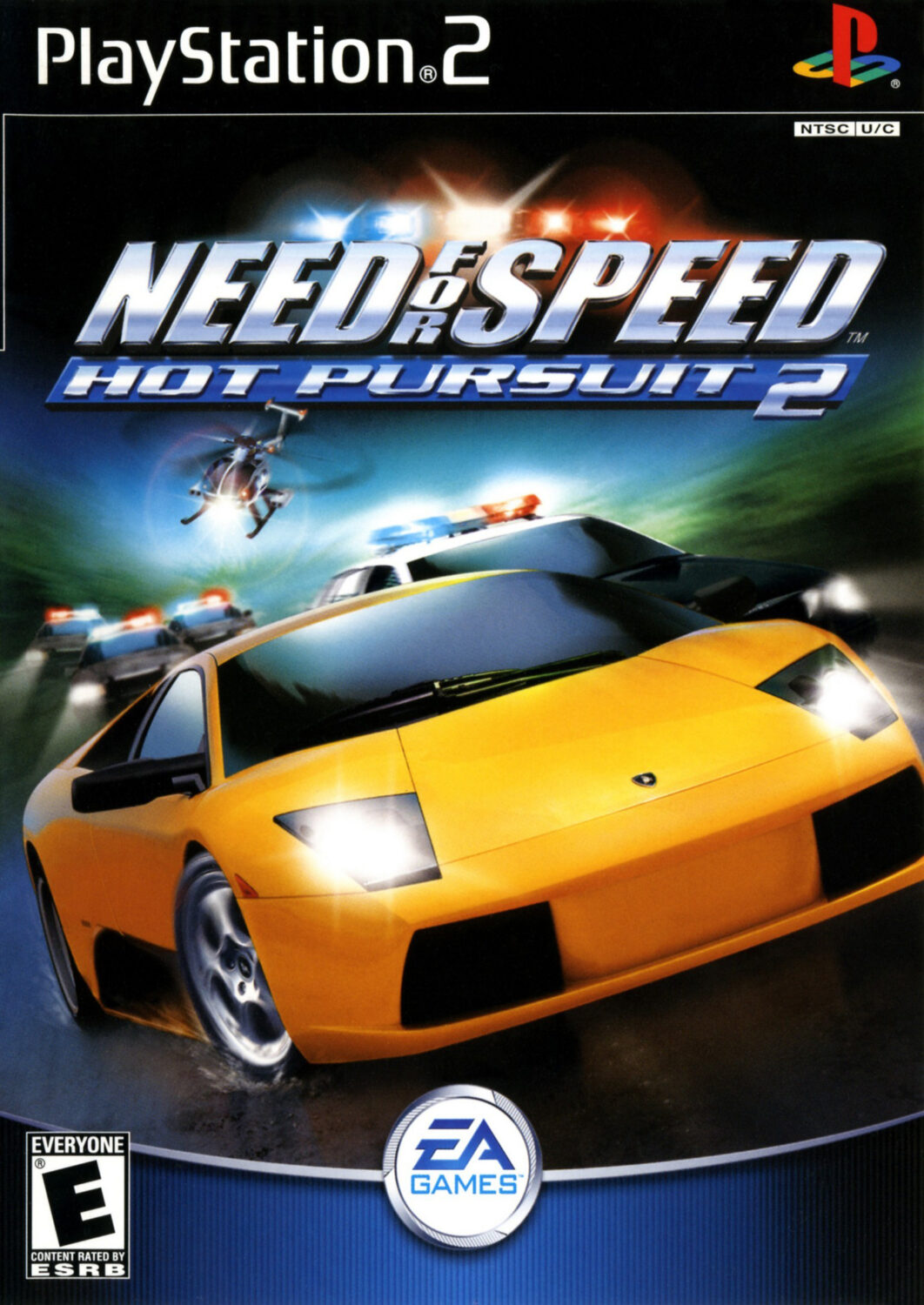
- Developer: EA Black Box
- Release Date: October 08, 2002
Before neon lights and tuner kits took over, Hot Pursuit 2 delivered exotic cars, winding roads, and the thrill of being chased by the law. This was arcade racing distilled to its purest form—blistering speed, dramatic police chases, and drop-dead gorgeous environments ranging from sun-soaked beaches to forested mountain passes. It was fast, furious, and beautifully unfiltered. No frills. Just raw speed and white-knuckle escapes.
Why It’s Worth Playing: Still one of the most adrenaline-fueled arcade racers on PS2, Hot Pursuit 2 nails the “fun-first” formula. It’s the perfect weekend burner: easy to pick up, hard to put down, and endlessly replayable thanks to its pick-your-car-and-go simplicity. If you love outrunning sirens with style, this is essential.
Need For Speed Underground
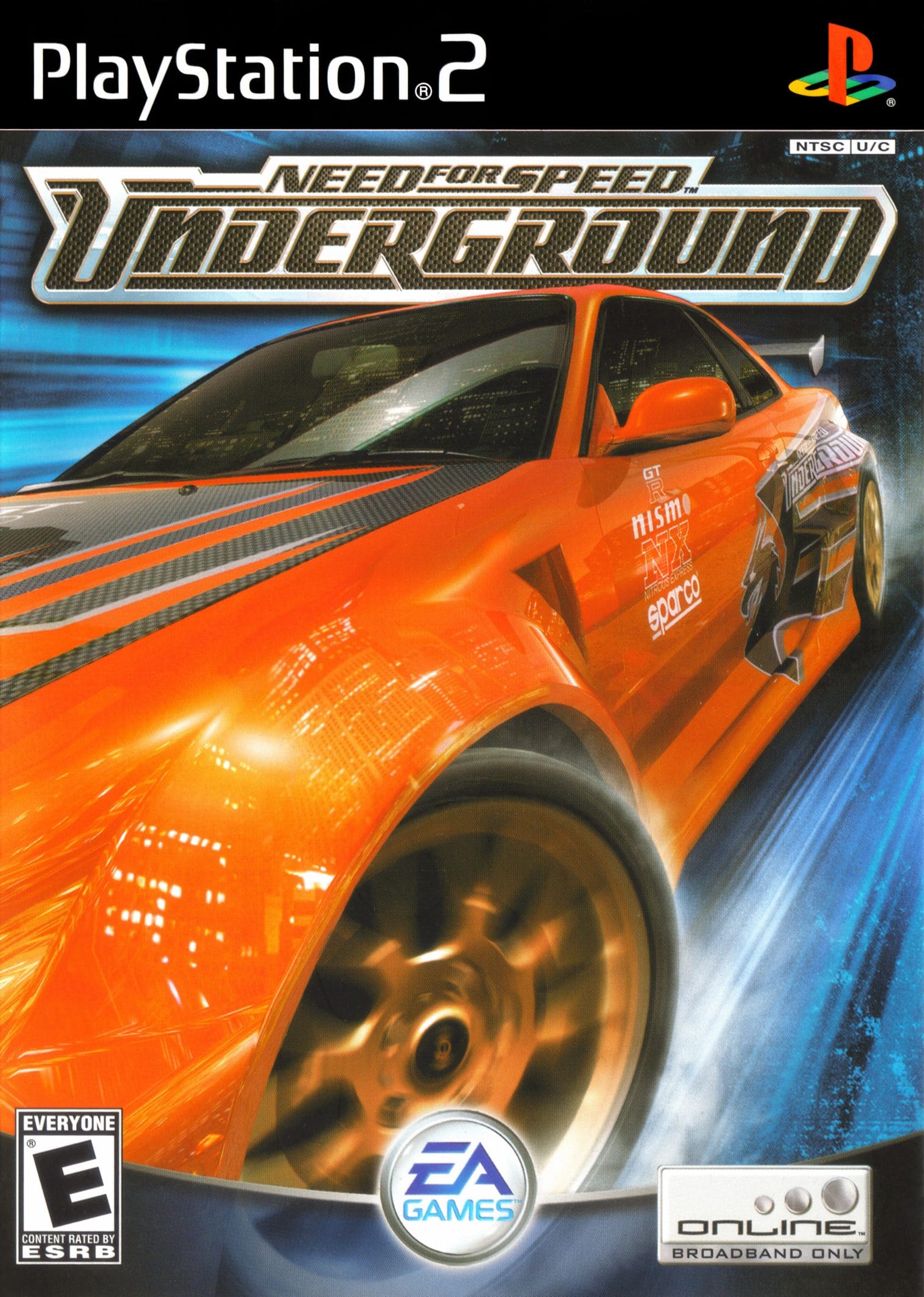
- Developer: EA Black Box
- Release Date: November 17, 2003
When Underground launched in 2003, it didn’t just change Need for Speed—it changed the racing genre. Inspired by The Fast and the Furious craze, it introduced players to a gritty, street-level racing scene filled with nitrous boosts, vinyl wraps, underglow, and thumping soundtracks. More than just fast cars, this was about style. With drag races, circuit battles, and extensive car customization, Underground made street racing feel cinematic and personal.
Why It’s Worth Playing: Few racing games capture an era quite like Underground. It’s a high-octane time capsule of early-2000s car culture, dripping in attitude and authenticity. It laid the groundwork for a whole generation of street racers—and still feels slick today.
Need For Speed Underground 2
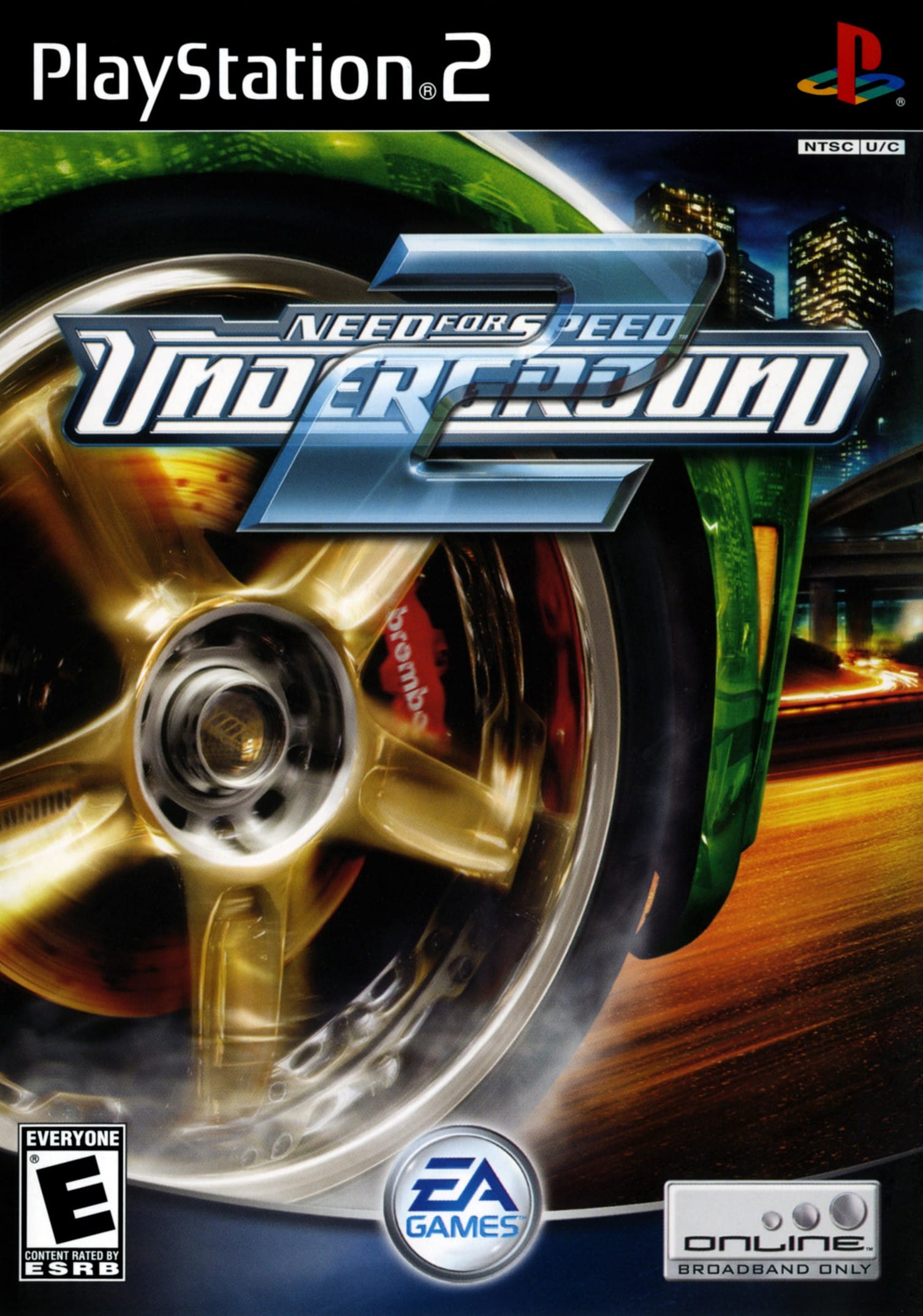
- Developer: EA Black Box
- Release Date: November 15, 2004
Underground 2 took everything great about the original and gave it room to breathe—literally. For the first time in NFS history, players could cruise an open city, challenge racers on the fly, and explore a vast network of neon-lit streets, industrial zones, and underground highways. Car customization was expanded dramatically, letting you trick out every inch of your ride. The vibe? Late-night freedom and fast-lane ambition.
Why It’s Worth Playing: One of the most beloved NFS entries ever, Underground 2 strikes the perfect balance between freedom, customization, and speed. Its open-world structure paved the way for future genre hits, and its moody, stylish world still oozes cool. Pure racing nostalgia, perfectly tuned.
Need For Speed Most Wanted
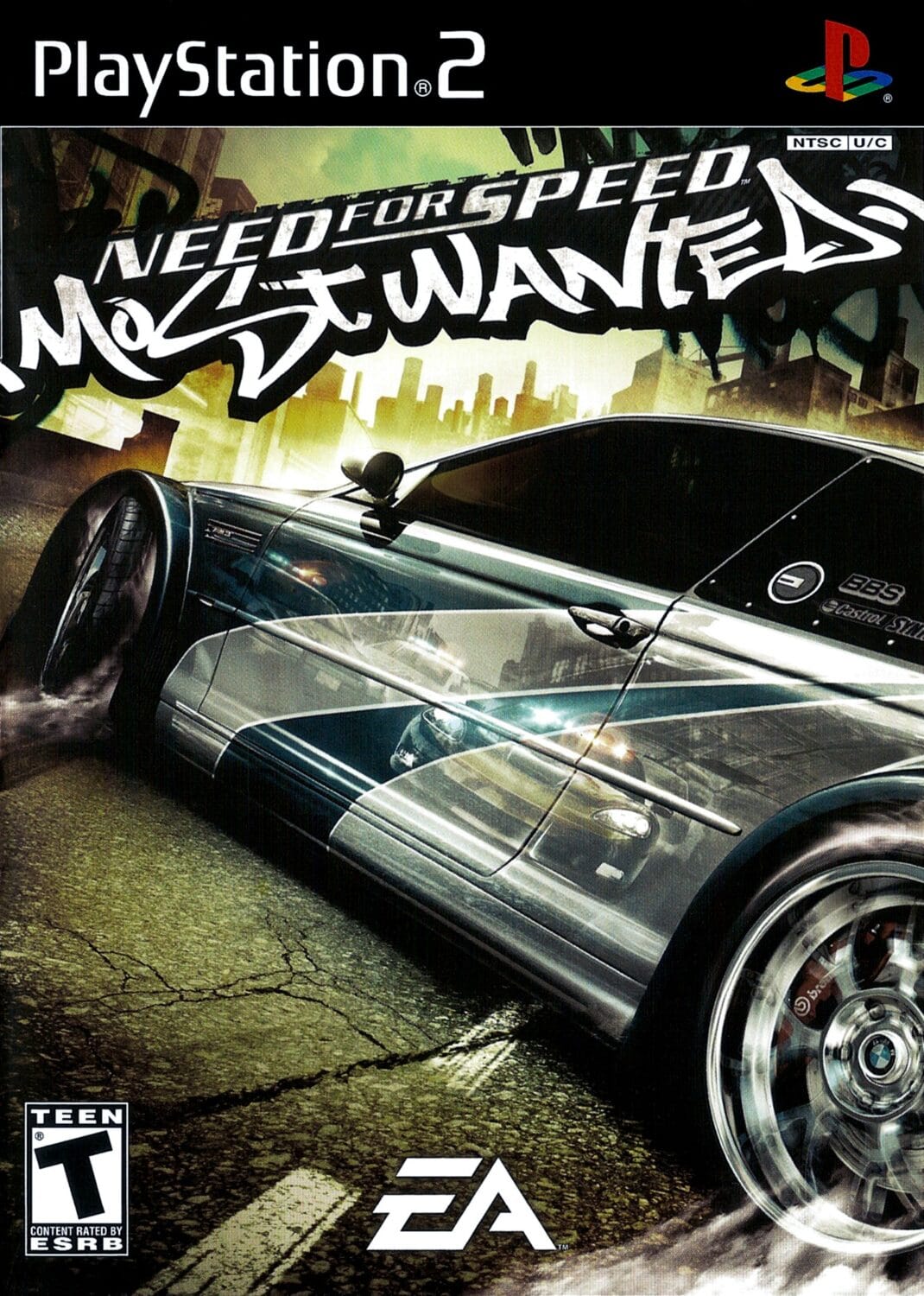
- Developers: EA Canada, EA Black Box
- Release Date: November 15, 2005
Most Wanted amped everything up to 11—bigger cars, meaner cops, and a gripping single-player mode where you climbed a Blacklist of elite racers. The chase sequences were the star of the show, with aggressive AI, roadblocks, and spike strips pushing your driving to the limit. It combined the tuner aesthetic of Underground with Hot Pursuit-style action, all backed by a slick presentation and razor-sharp controls.
Why It’s Worth Playing: Arguably the peak of NFS on PS2, Most Wanted is the complete package: deep progression, cinematic flair, and some of the most thrilling police pursuits in gaming history. It’s pure cat-and-mouse mayhem, and it still rips.
Burnout 2: Point of Impact
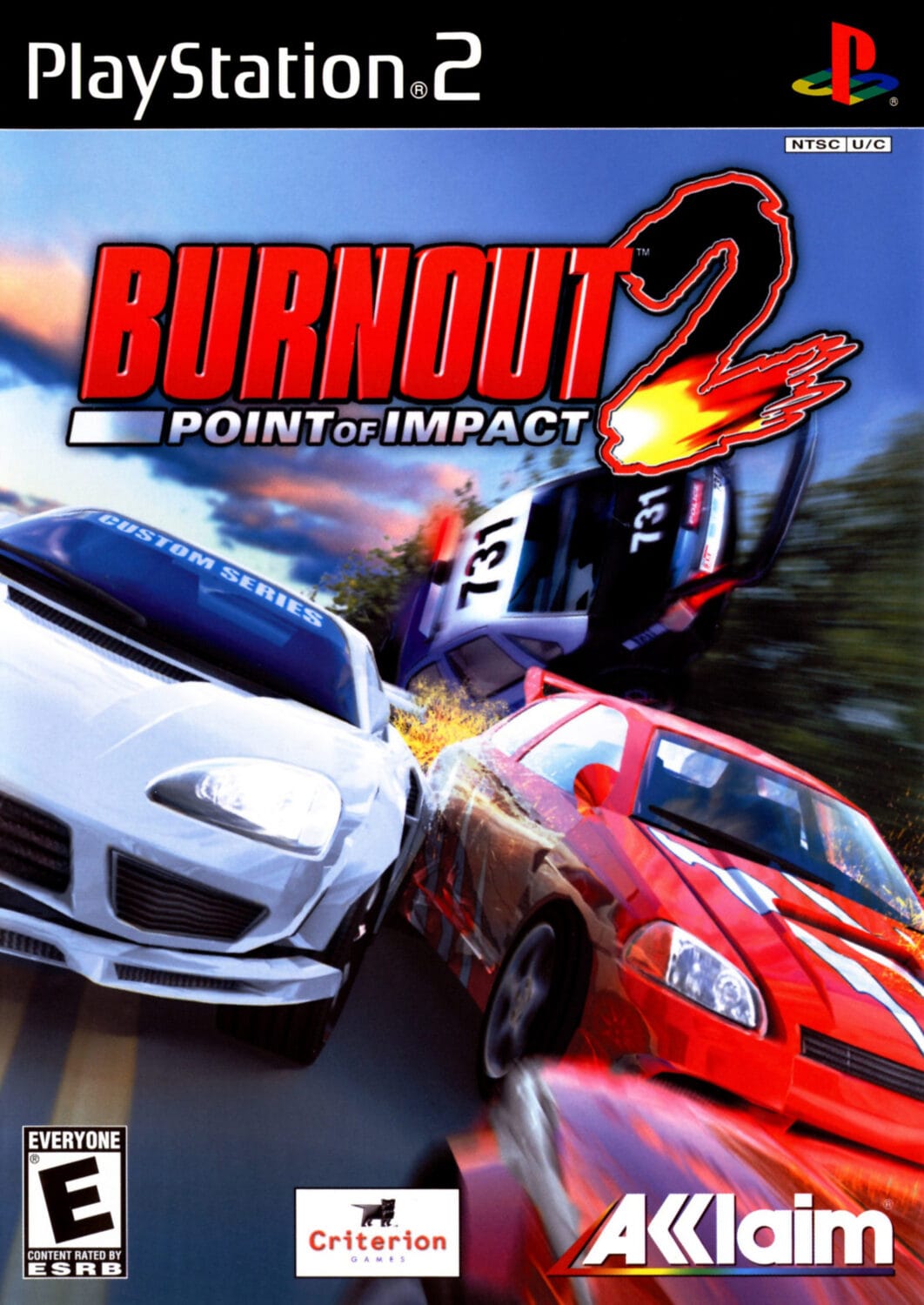
- Developer: Criterion Games
- Release Date: October 03, 2002
Burnout 2 took the skeleton of its predecessor and built something faster, flashier, and far more ferocious. The speed was relentless, the controls were razor-sharp, and the risk-reward system of driving on the edge became the series’ signature. The introduction of Crash Mode—where players launched vehicles into intersections for maximum destruction—was a game-changer, turning mayhem into high-score strategy. It was arcade racing perfection: slick, tight, and always thrilling.
Why It’s Worth Playing: If you want pure speed without the simulation baggage, Burnout 2 still holds its ground as one of the most refined arcade racers of its time. It’s all about near-misses, nitro boosts, and nerve-rattling crashes that somehow feel good. A cornerstone of the genre.
Burnout 3: Takedown
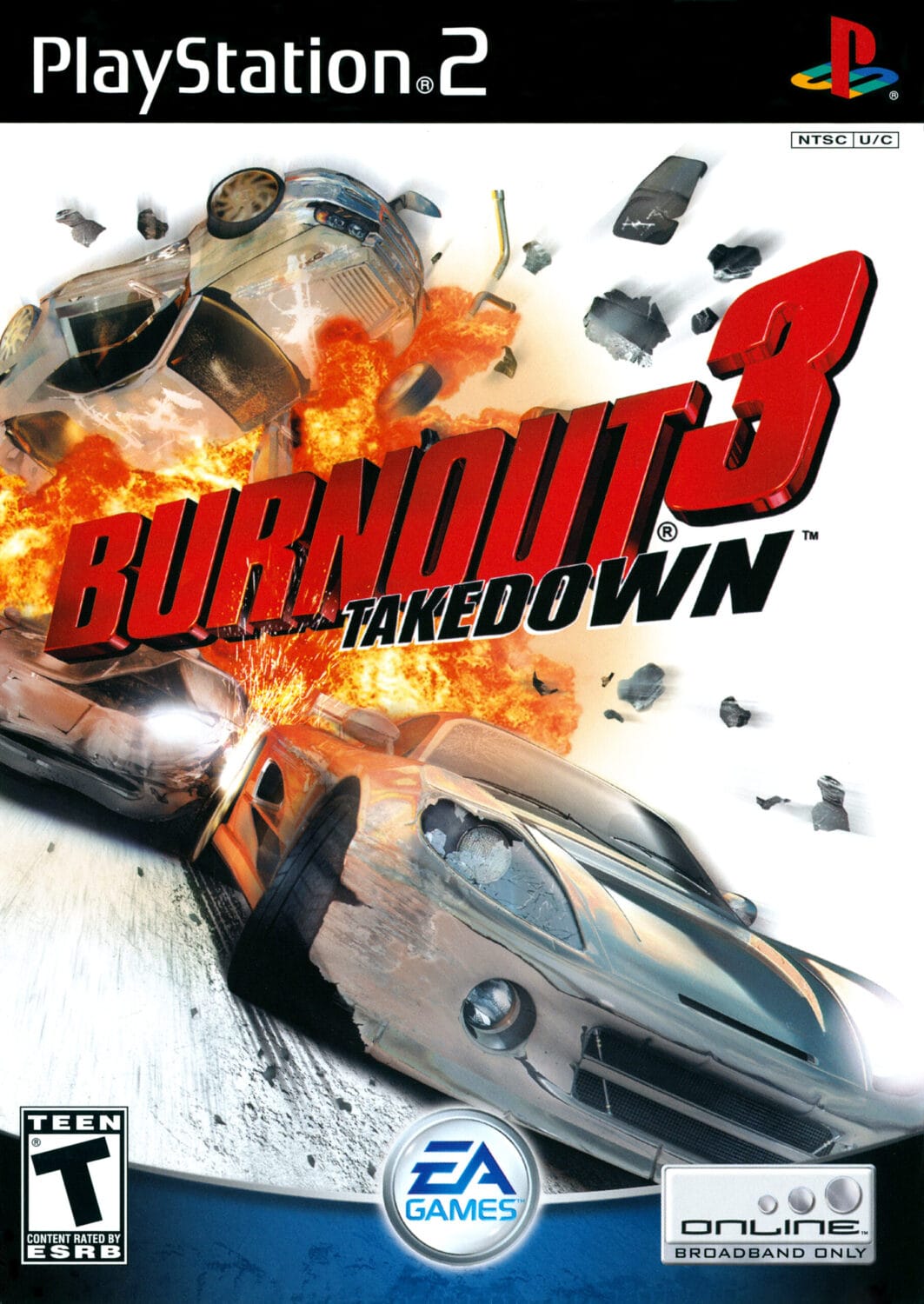
- Developer: Criterion Games
- Release Date: September 08, 2004
With Burnout 3, the franchise exploded into something new. Takedowns were introduced—encouraging you to slam, shove, and wreck your opponents off the road in gloriously destructive slow motion. It combined breakneck speed with aggressive combat, all wrapped in a punk-rock aesthetic and a killer licensed soundtrack. Online multiplayer and enhanced Crash Mode sealed the deal. This wasn’t just racing. This was vehicular warfare.
Why It’s Worth Playing: Burnout 3 isn’t just one of the best racing games on the PS2—it’s one of the best games, period. Everything clicks: the pace, the presentation, the pure satisfaction of wrecking your rivals. It’s loud, chaotic, endlessly replayable, and a masterpiece of controlled destruction.
Burnout Revenge
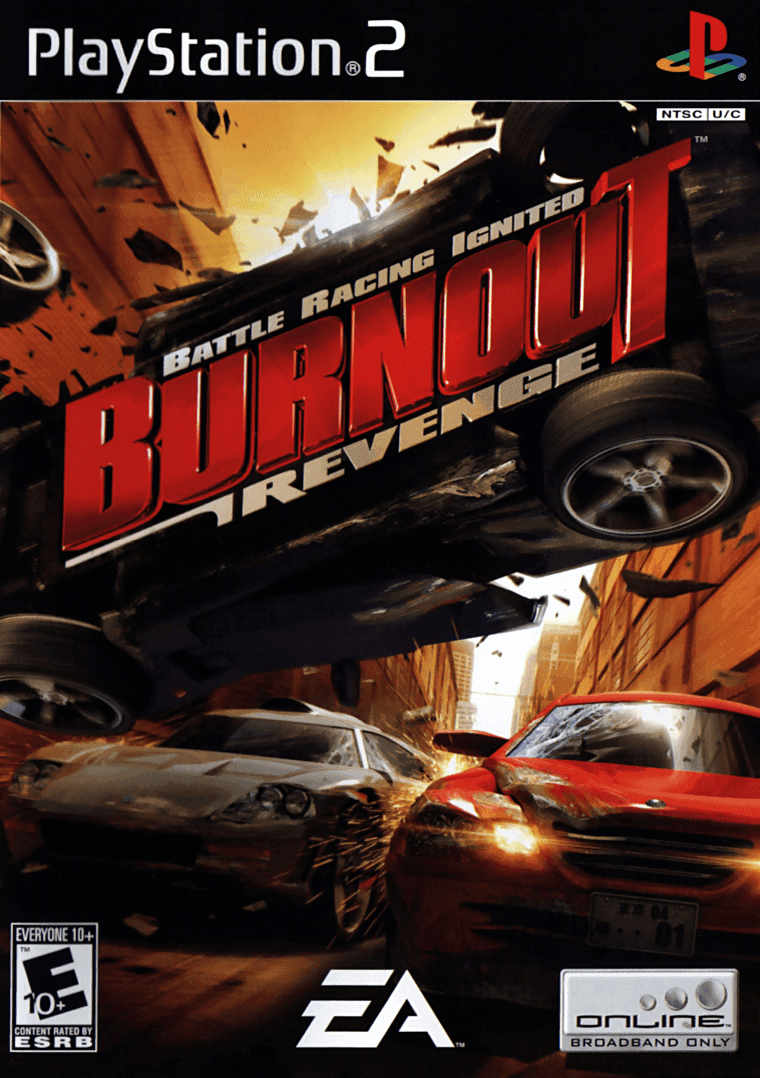
- Developer: Criterion Games
- Release Date: September 13, 2005
Revenge dialed up the rage and mayhem. Unlike Takedown, it let you plow through traffic going in your direction, turning civilian vehicles into weapons. The crash physics were meatier, the environments more vertical, and the events more varied. Revenge added Traffic Attack modes, multi-tiered wrecking routes, and a deeper sense of chaos, all while keeping that arcade precision intact. It was visceral, violent, and unbelievably fun.
Why It’s Worth Playing: For those who wanted more carnage and fewer rules, Burnout Revenge delivered in spades. It’s fast, furious, and utterly satisfying—especially when traffic becomes a tool for revenge. If you like your racers explosive and aggressive, this is one of the PS2’s finest adrenaline shots.
Midnight Club 3: DUB Edition Remix
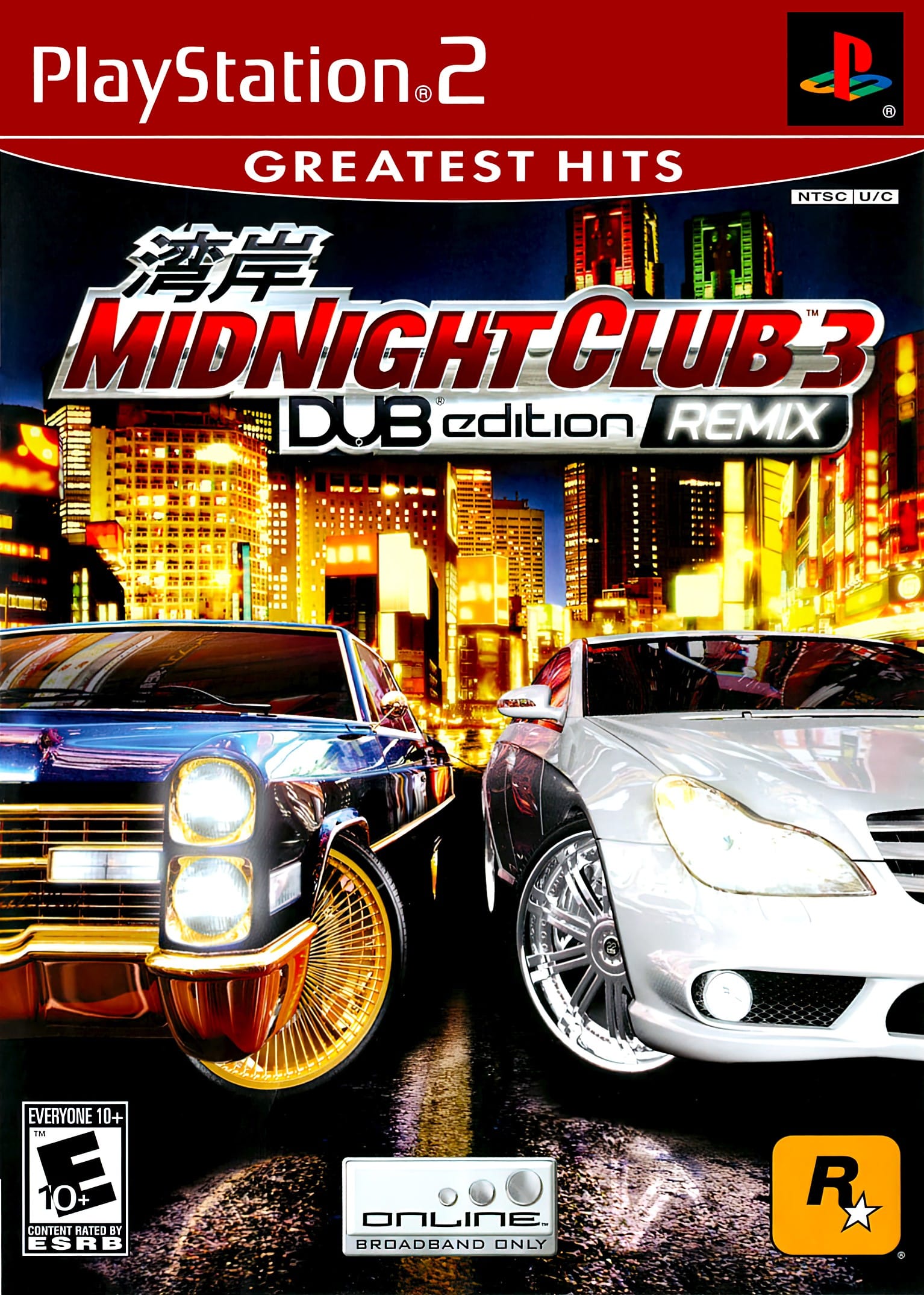
- Developer: Rockstar San Diego
- Release Date: March 13, 2006
Midnight Club 3 was Rockstar’s answer to the street racing craze—and it didn’t just follow trends, it set them. With an expansive open-world design, seamless city navigation, and an insane amount of visual and performance customization, it gave players the keys to a high-octane playground. The DUB Edition Remix turned it up another notch, adding new vehicles, tracks, and a soundtrack dripping with hip-hop swagger and underground flair. From muscle cars to tuners and SUVs, this was about style and substance.
Why It’s Worth Playing: Midnight Club 3: DUB Edition Remix is the most complete and stylish street racer on the PS2. Its blistering speed, slick visuals, and immense replay value make it a crown jewel in the console’s racing library. A must for those who love high speeds and low rides.
Juiced
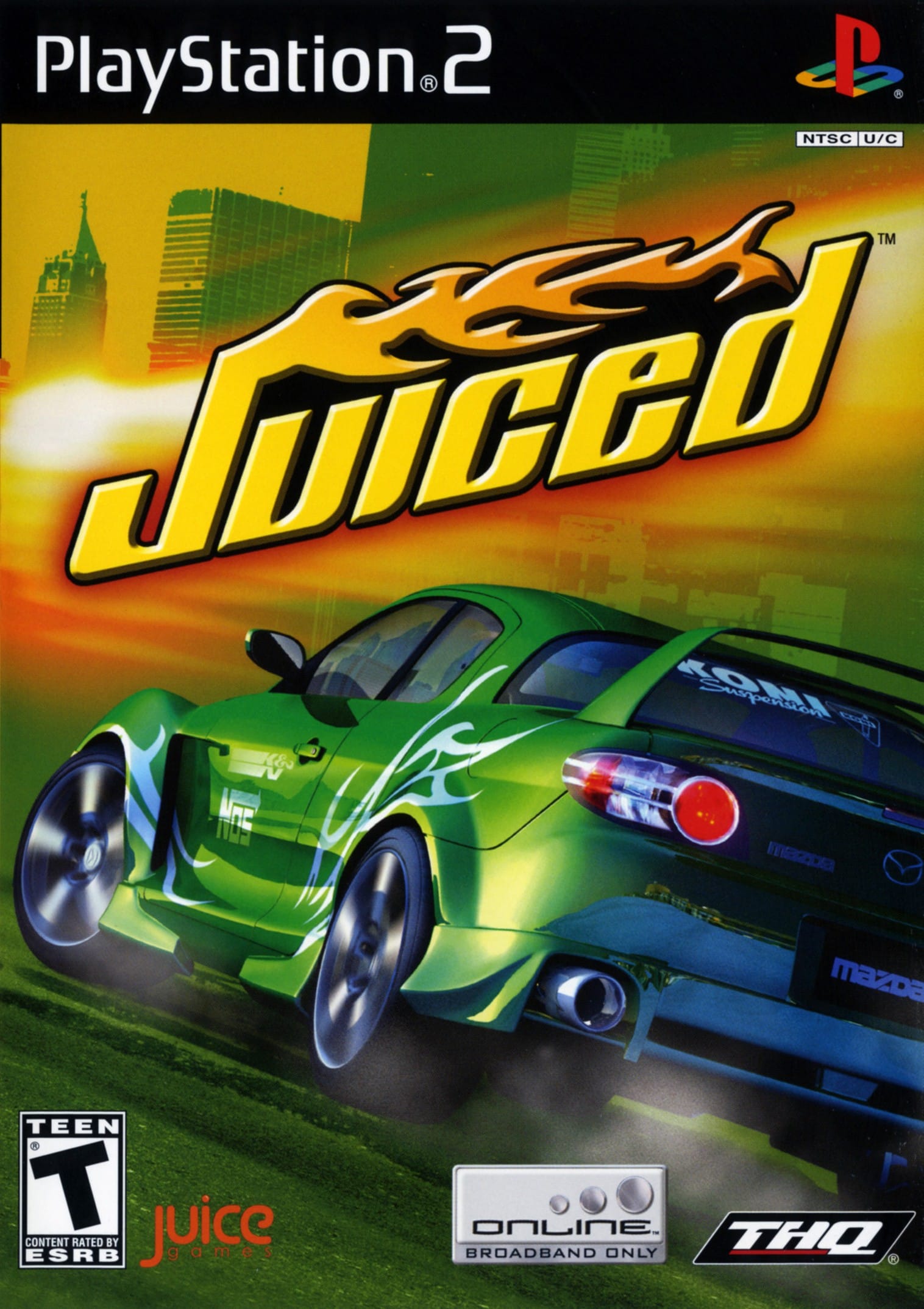
- Developer: Juice Games
- Release Year: 2005
Juiced rode in on the coattails of Need for Speed Underground but carved out its own identity with a unique blend of tuning culture and high-stakes betting. The standout feature? Pink slip races and wagered events, where one mistake could cost you your car. It wasn’t just about winning—it was about knowing when to risk it all. With a solid career mode, real-world licensed cars, and an emphasis on style and rep, Juiced added a layer of strategy to its street cred.
Why It’s Worth Playing: For players who wanted more tension and consequence in their street racing, Juiced offered exactly that. Its blend of customization, gambling mechanics, and progression make it a standout alternative to more mainstream racers. Underrated and still full of adrenaline.
Tokyo Xtreme Racer 3
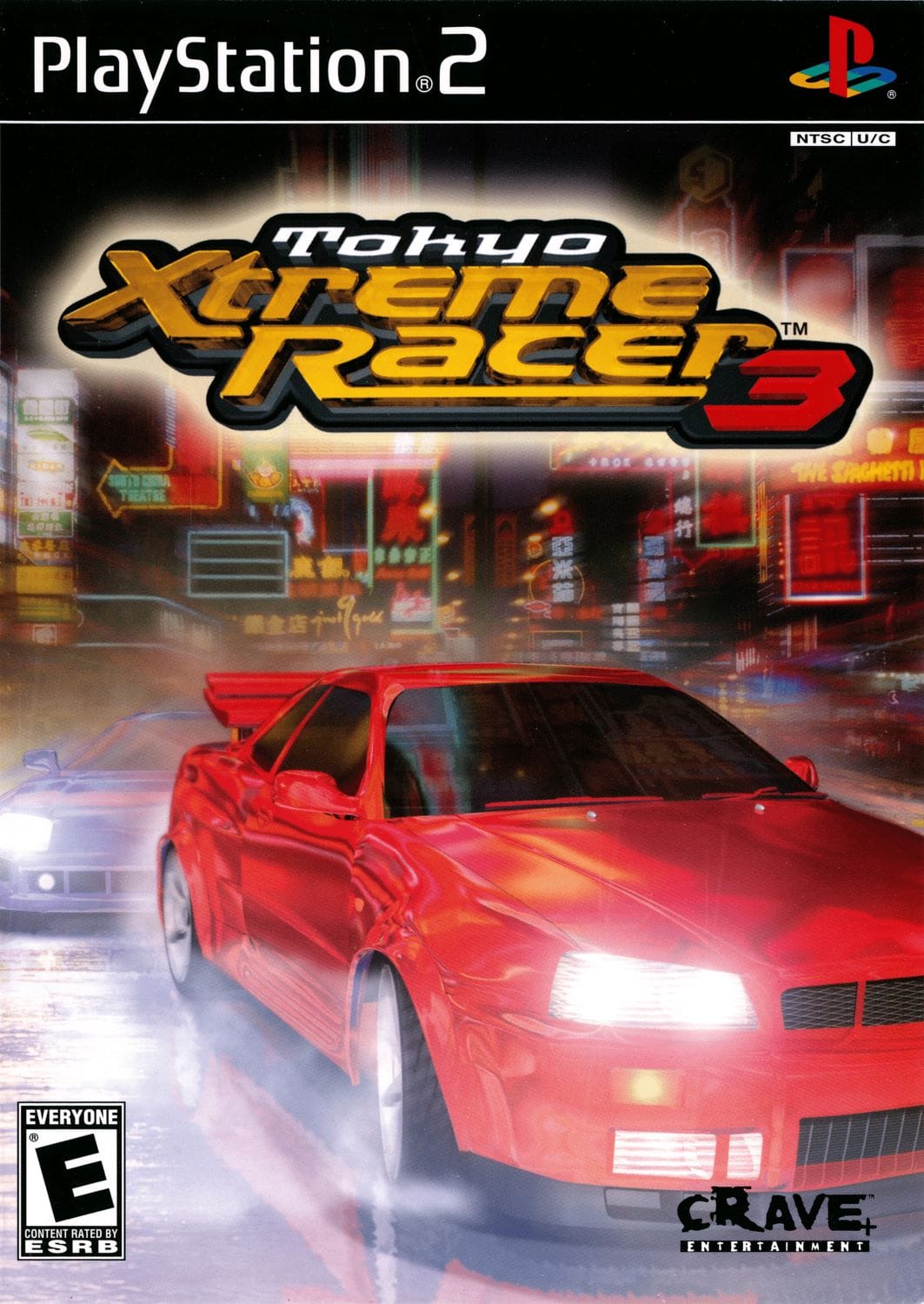
- Developer: Genki
- Release Date: July 24, 2003
With Tokyo Xtreme Racer 3, the thrill wasn’t about flashy presentation—it was about creeping through Japanese expressways at midnight, flashing your high beams to initiate a duel, and engaging in tense, strategic battles at 150mph. The setting? Real-life Japanese highways. The vibe? Underground, moody, and authentic. Unlike other racers, you didn’t win with laps—you won by draining your opponent’s “spirit gauge” through flawless driving and mind games.
Why It’s Worth Playing: There’s nothing quite like Tokyo Xtreme Racer 3. It’s low-key, hypnotic, and weirdly relaxing—until you lock into a duel and the pressure spikes. For those who crave a methodical, atmospheric take on street racing, this one’s a cult classic worth every night drive.
Initial D: Special Stage
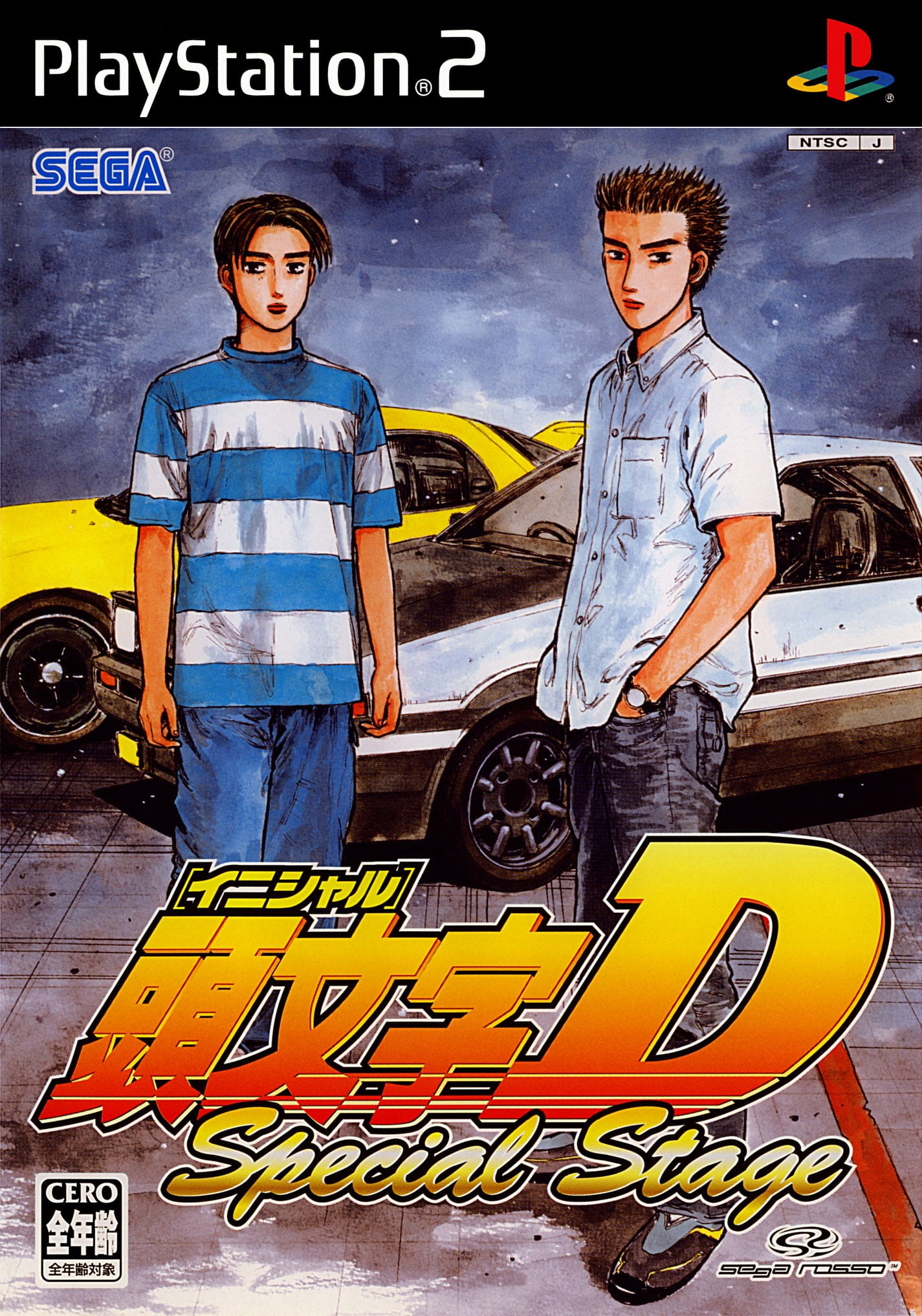
- Developer: Sega Rosso
- Release Date: June 26, 2003
Based on Initial D Arcade Stage Ver. 2, this home version brings that signature downhill intensity into your living room. The game’s structure mirrors the anime’s narrative, letting you take control of Takumi Fujiwara’s legendary AE86 as he faces off against rivals like Ryosuke Takahashi and Keisuke in iconic locales like Akina, Myogi, and Irohazaka. The cars—ranging from the RX-7 FC and FD to the Nissan Skyline GT-R and Sileighty—each handle differently and demand practice to master. And once you do? There’s nothing like a clean, apex-hugging drift through a midnight mountain pass.
Why It's Worth Playing: Initial D: Special Stage isn’t just a licensed game—it’s an experience that fully immerses players in the high-stakes world of underground touge racing. While the lack of an English release might seem like a barrier, the menus are navigable with a little guidance—and the payoff is more than worth it. For fans of the series or anyone chasing that elusive downhill zen, Special Stage is the real deal.
Splashdown: Rides Gone Wild

- Developer: Rainbow Studios
- Release Date: October 17, 2003
While the original Splashdown stuck closer to traditional watercraft racing, Rides Gone Wild embraced a full-blown theme park aesthetic, complete with rollercoaster-inspired tracks, exaggerated stunt opportunities, and an over-the-top attitude that felt like Wave Race after chugging three cans of Monster. From haunted swamps and prehistoric lagoons to Hollywood backlots and wild west canyons, each track is dripping with personality and clever visual gags. And with a physics system that’s floaty yet responsive, carving through waves and launching off ramps feels legitimately thrilling.
Why It's Worth Playing: Splashdown: Rides Gone Wild delivers pure joy. It's that rare arcade racer that combines tight controls with zany creativity, and the result is a jet ski game that’s way more fun than it has any right to be. Whether you’re chasing lap times or just pulling off ridiculous mid-air flips, this one's a splash hit.
ATV Offroad Fury 3
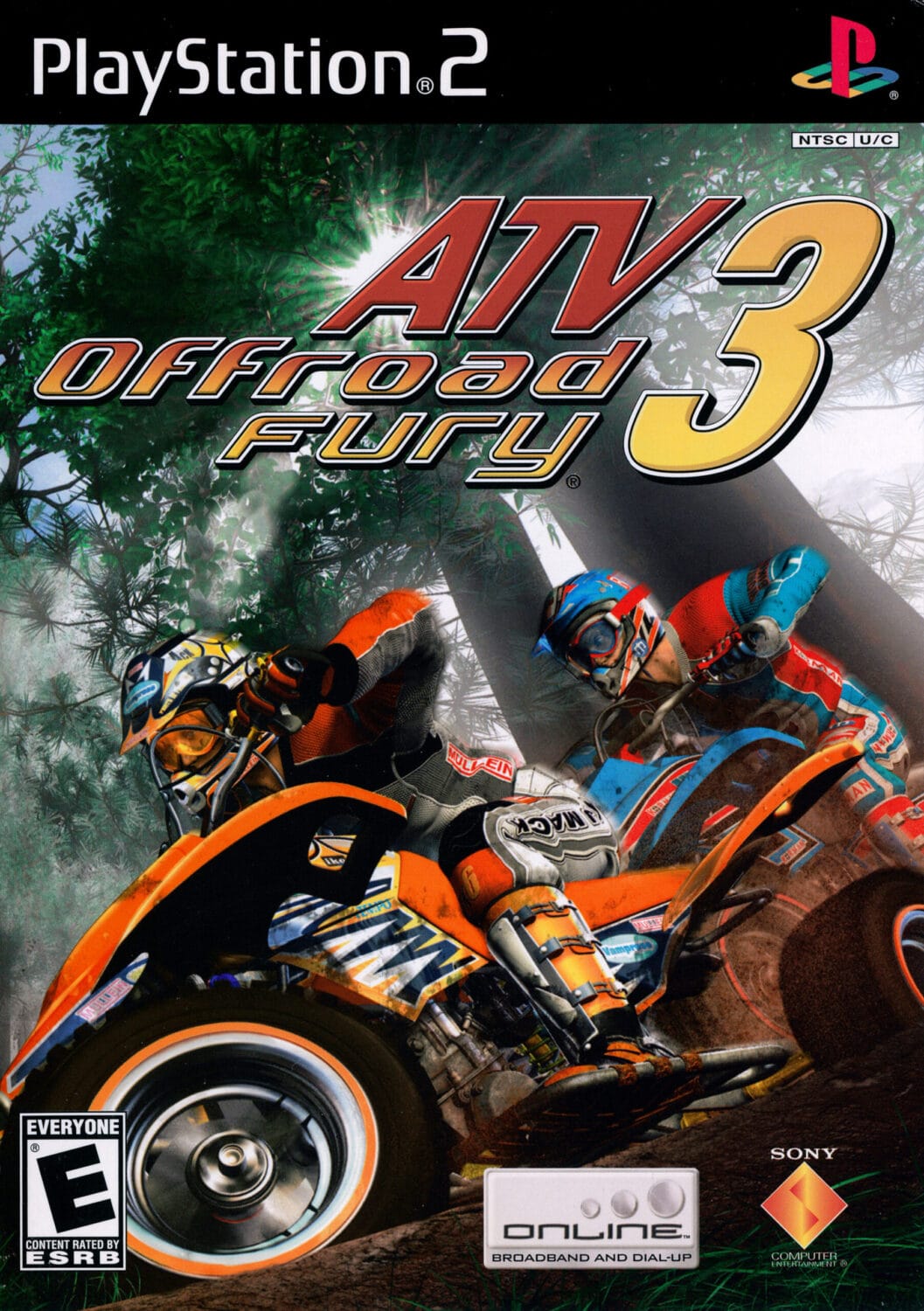
- Developer: Climax Racing
- Release Date: November 02, 2004
The ATV Offroad Fury series carved its niche by embracing the wild side of off-road racing, and the third entry is where it all clicked. With expansive open tracks, rugged terrain, and a killer trick system, ATV Offroad Fury 3 blended racing and freestyle with pure adrenaline. It introduced a wider range of vehicles, more customization, and robust multiplayer options—perfect for chaotic four-player showdowns. The sense of verticality in the tracks made every jump feel monumental.
Why It’s Worth Playing: This is outdoor racing at its most exhilarating. Whether you're chaining tricks or tearing through the mud at full throttle, ATV Offroad Fury 3 delivers freedom, speed, and big-air thrills that still hold up today. It’s a no-brainer for fans of extreme sports and arcade-style racing.
MX Unleashed
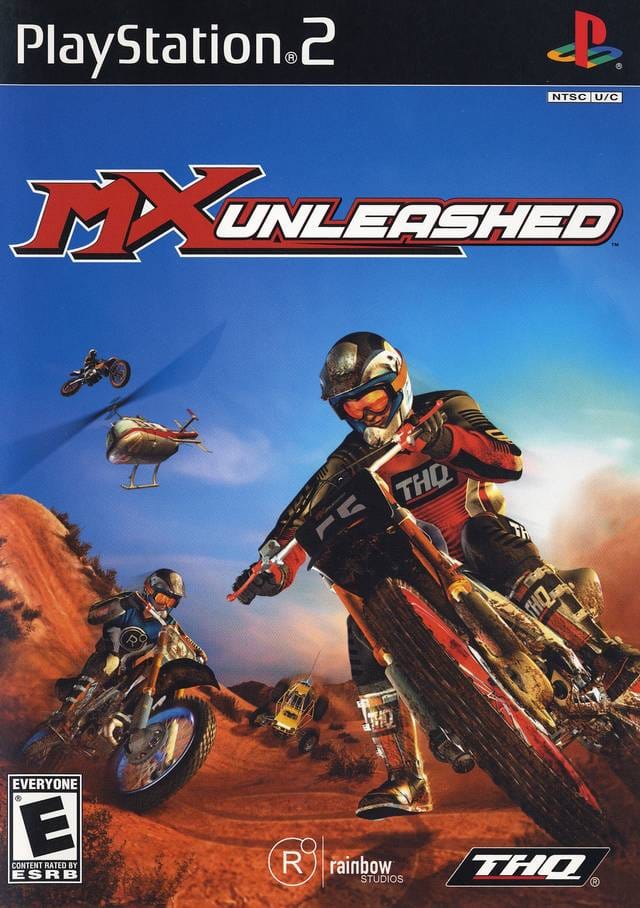
- Developer: Rainbow Studios
- Release Date: February 17, 2004
With sprawling free-ride environments, MX Unleashed encouraged players to experiment with gravity-defying jumps, sick stunts, and hidden challenges scattered across fields, canyons, and hills. Whether you’re hunting down secret goals or pulling off impossible backflips from a ramp stitched together by a half-buried airplane, the sense of freedom was unprecedented for the genre. And when it was time to get serious? The racing events delivered tight, competitive gameplay across motocross tracks and Supercross stadiums, backed by physics that struck a rare balance between arcade fun and real-world weight.
Why It’s Worth Playing: MX Unleashed captured the soul of motocross like few games ever have. It’s loud, loose, and liberating—ideal for players who love a bit of chaos with their competition. If you’re chasing big air, open exploration, and dirty-but-dazzling tricks, this cult classic still hits like a revved-up throttle to the chest.
Downhill Domination

- Developer: Incog Inc. Entertainment
- Release Date: July 22, 2003
Forget circuits and city streets—Downhill Domination drops you onto treacherous mountain slopes at breakneck speed, where survival is just as important as placement. With a lineup of real-world and fictional riders, this extreme sports racer is all about aggressive biking, over-the-top tricks, and brutal physics. You can punch your opponents mid-run, hurl water bottles, or just fly off a cliff in glorious ragdoll fashion. It’s chaotic, wild, and insanely fun.
Why It’s Worth Playing: Downhill Domination is a lightning bolt of arcade madness—fast, unforgiving, and endlessly replayable. It stands out in the PS2 racing library for its sheer audacity and energy. If you ever wanted to experience SSX on two wheels, this is as close as it gets.
Jak X: Combat Racing
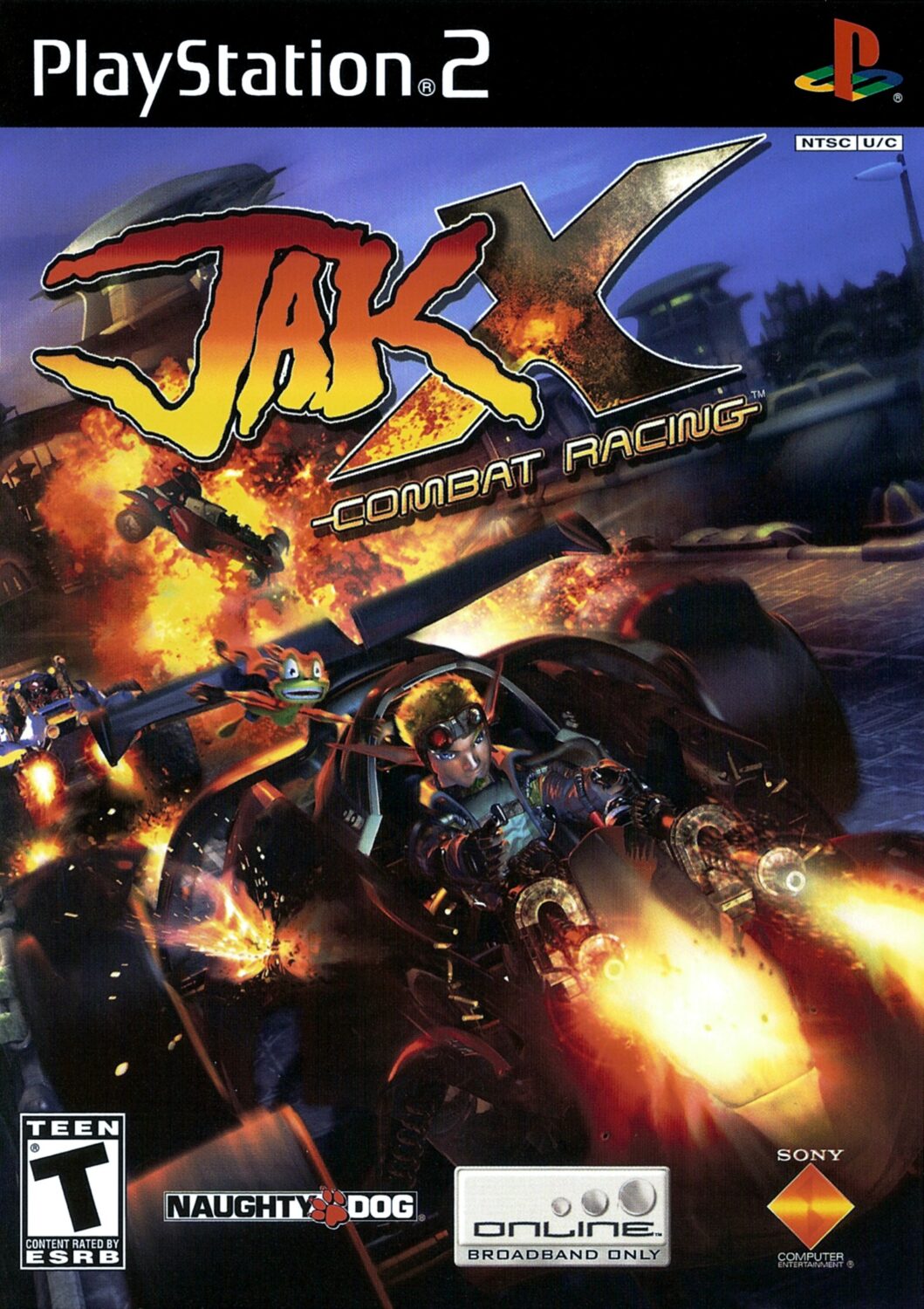
- Developer: Naughty Dog
- Release Date: October 18, 2005
After conquering the platforming world, Naughty Dog threw a curveball with Jak X: Combat Racing—a gritty, explosive spin-off that fused high-speed racing with all-out vehicular warfare. It combined the universe and characters of Jak and Daxter with a dark narrative and brutal combat mechanics, letting players blast, boost, and bulldoze their way through story-driven tournaments. With a full voice cast, cinematic cutscenes, and weapons galore, it felt like Mad Max had crashed into a kart racer.
Why It’s Worth Playing: Jak X isn't just a novelty spin-off—it’s a surprisingly deep and satisfying combat racer. With RPG-style upgrades, chaotic multiplayer, and that unmistakable Naughty Dog polish, it’s an essential title for fans of the franchise or anyone craving carnage with their competition.
Crash Nitro Kart
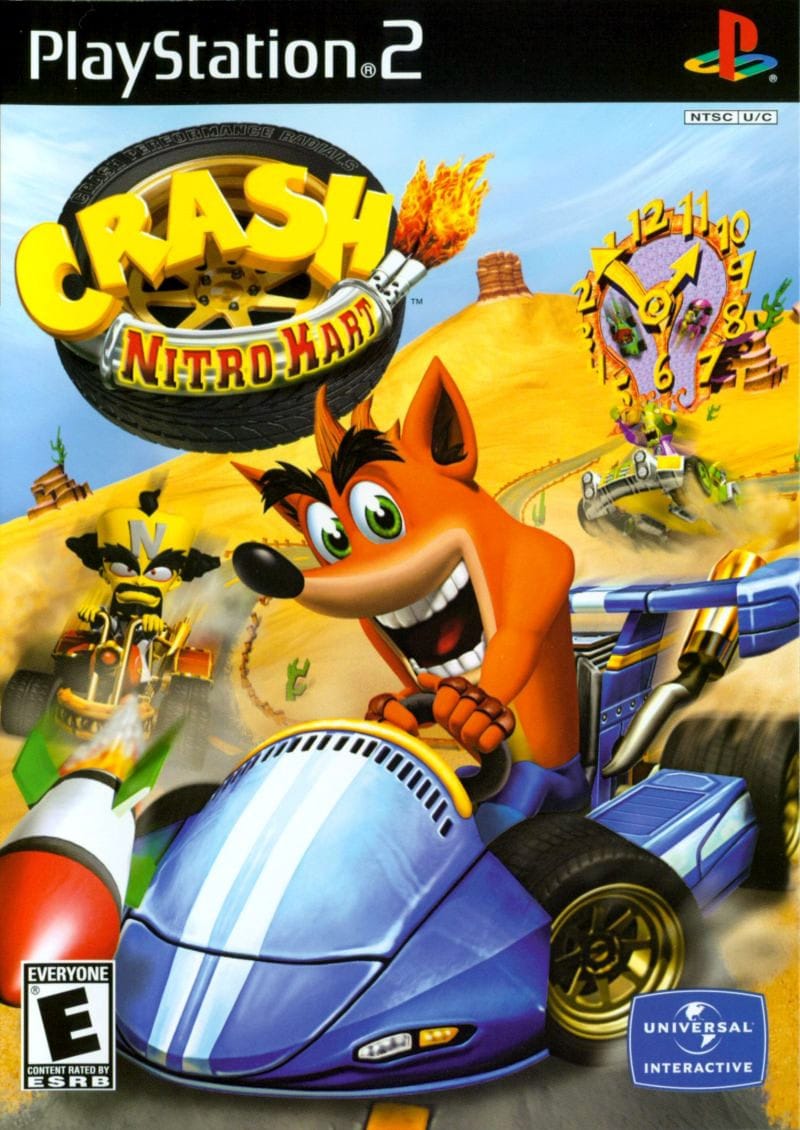
- Developer: Vicarious Visions
- Release Date: November 11, 2003
Crash Nitro Kart tried to capture the kart-racing magic that Crash Team Racing pioneered—and while it didn’t quite dethrone CTR, it delivered a solid, fun-packed ride. It brought back fan-favorite characters, introduced wild track designs with gravity-defying twists, and leaned heavily into power-ups and cartoon-style mayhem. The Adventure Mode added structure to the chaos, while split-screen multiplayer brought couch rivalry to a fever pitch.
Why It’s Worth Playing: Though it never escapes Mario Kart’s shadow, Crash Nitro Kart is a joyful, chaotic kart racer with just enough edge. If you’re in the mood for playful power-slides and Bandicoot-flavored bedlam, it’s still a blast with friends.
Rumble Racing
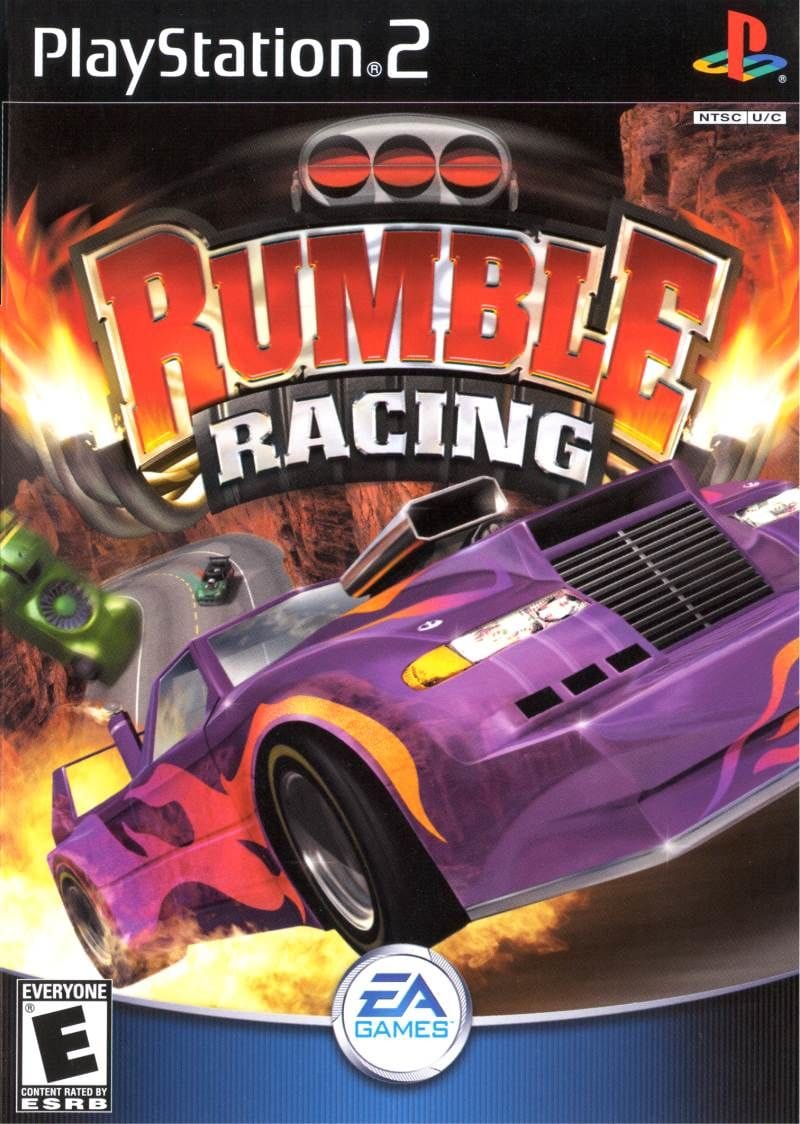
- Developer: EA Redwood Shores
- Release Date: April 23, 2001
Rumble Racing is one of the PS2’s most outrageous, overlooked arcade racers—an absolute riot of turbo boosts, death-defying flips, and explosive shortcuts that make Mario Kart look tame by comparison. The car roster leans fully into its cartoonish attitude, with a trick system that rewards risky stunts with speed boosts. Courses are packed with alternate paths, jumps, and trap-laden tight corners. The rubber-banding AI ensures that no lead is safe for long—victory comes down to raw skill and perfectly timed mayhem. There’s no licensing here, just pure, unfiltered creativity and a deep love for arcade-style driving.
Why It's Worth Playing: Rumble Racing is a glorious time capsule of when racing games weren’t afraid to be loud, wild, and unapologetically fun. If you’re looking for a PS2 racer that combines the thrill of SSX, the weapons-free precision of Burnout, and the sheer spectacle of Wipeout, this underrated gem deserves a spot on your starting grid.
OutRun 2006: Coast to Coast
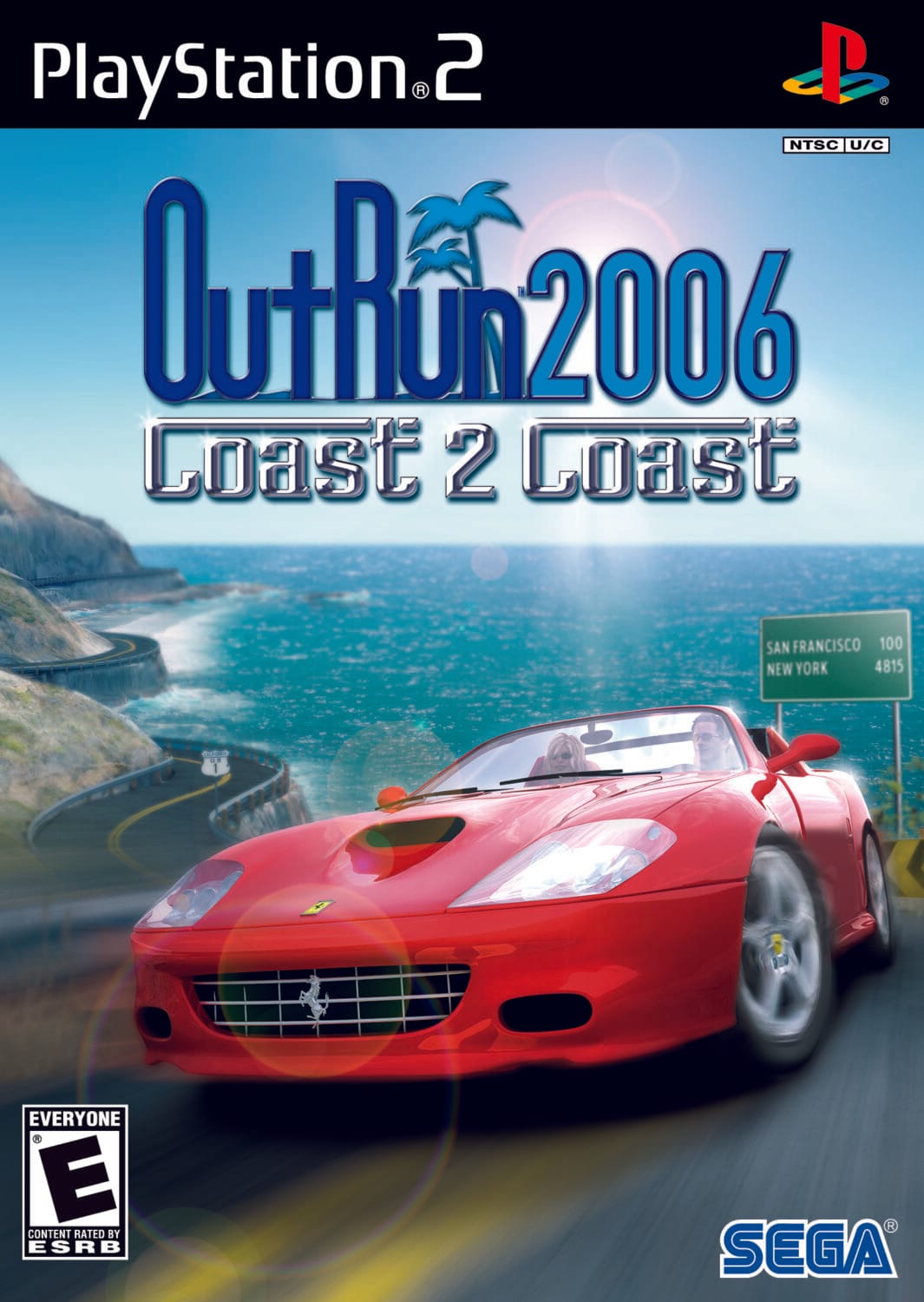
- Developer: Sumo Digital
- Release Date: March 31, 2006
OutRun 2006: Coast to Coast isn’t just a racing game—it’s a vibe. A silky-smooth blend of ’80s arcade ethos and modern mechanics, this game is the purest expression of Sega’s blue sky racing philosophy. The “Coast 2 Coast” mode expands the arcade experience into something richer, with dozens of mission-based challenges, rival races, and checkpoint sprints. The car handling is famously smooth, drifting is a dream, and every race feels like you’re starring in your own high-gloss driving commercial.
Why It’s Worth Playing: OutRun 2006 is one of the PS2’s best-kept secrets—an arcade racer that wears its simplicity as a badge of honor. It reminds you that not all racing games need realism or aggression. Sometimes, all you need is an open road, a red Ferrari, and blue skies on the horizon. For fans of Daytona USA, Ridge Racer, or classic arcade driving games, this is a must-play. It's pure escapism on four wheels—stylish, addictive, and joyfully unpretentious.
Honorable Mentions
Not every great racer on the PS2 made the spotlight—but that doesn’t mean they weren’t unforgettable. They didn’t all have million-dollar marketing campaigns or sprawling car lists, but what they did have was attitude, identity, and a surprising amount of staying power. These are the unsung thrill rides—too cool to ignore, too fun to forget.
Crash ‘n’ Burn
Crash ‘n’ Burn may not have had the marketing budget of its peers, but it brought something special: total, gleeful chaos. It combined fast-paced racing with combat, massive pileups, and over-the-top explosions. While the graphics and polish might be modest, the pure fun factor made it a late-night multiplayer favorite.
Ridge Racer V
Ridge Racer V helped kick off the PS2 era with blazing speed, silky drifting, and a pounding techno soundtrack. It lacked the complexity of its sim-minded rivals, but made up for it with stylish tracks, tight arcade handling, and a vibe that screamed early 2000s cool.
WipEout Fusion
WipEout Fusion brought the legendary anti-gravity series into the PS2 generation with bigger tracks, better graphics, and a darker, more aggressive tone. The learning curve was steep, but once you mastered the hovercraft controls and track memorization, it became a hypnotic dance of speed and rhythm.
Driving Emotion Type-S
Before Square Enix merged and went all-in on RPGs, they flirted with realism in Driving Emotion Type-S. It had a sharp visual style, a minimal UI, and driving physics that were either “ahead of their time” or “utterly broken,” depending on who you ask. The learning curve was steep—almost punishing—but underneath the jagged handling was a distinctive take on high-performance driving with a distinctly Japanese design sensibility.
Final Lap
The PS2 wasn’t just the king of consoles—it was the proving ground for nearly every sub-genre of racing. Whether you were drifting through Tokyo highways, dodging cops at 150 MPH, or soaring off dirt ramps on an ATV, the variety and vision on display was staggering. Developers weren’t afraid to take risks—blending simulation with style, injecting narrative into nitro, and crafting games that balanced arcade chaos with mechanical depth. These weren’t disposable titles—they were endlessly replayable experiences that defined a generation’s understanding of what a racing game could be.
We’ve shared our top 25—but now it’s your turn to hit the gas. Did we miss a turbo-charged gem from your childhood? Got a hot take on the best Burnout? Still battling your rival in Tokyo Xtreme Racer Drift 2? Whether you live for pure simulation or chaotic arcade action, we want to hear your stories. Drop your favorites, your forgotten heroes, or your fondest couch multiplayer memories in the comments below.

